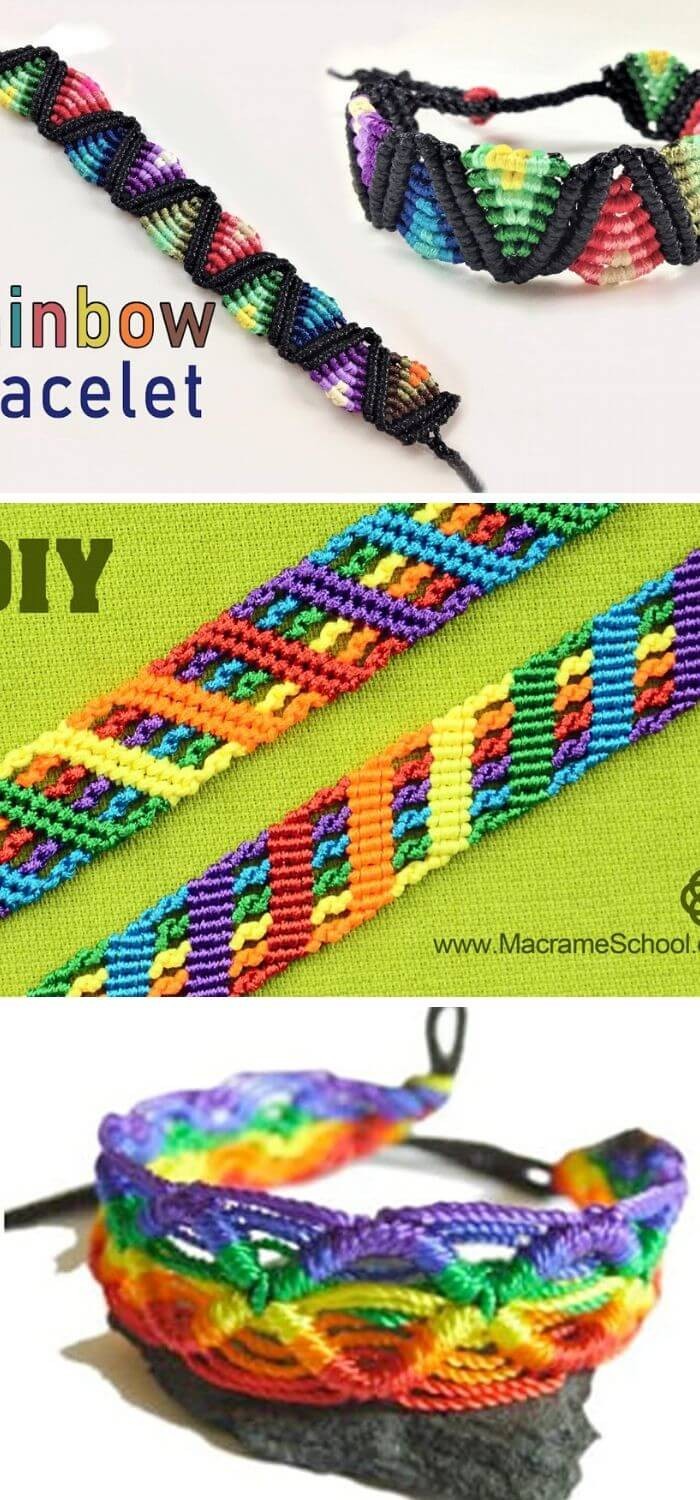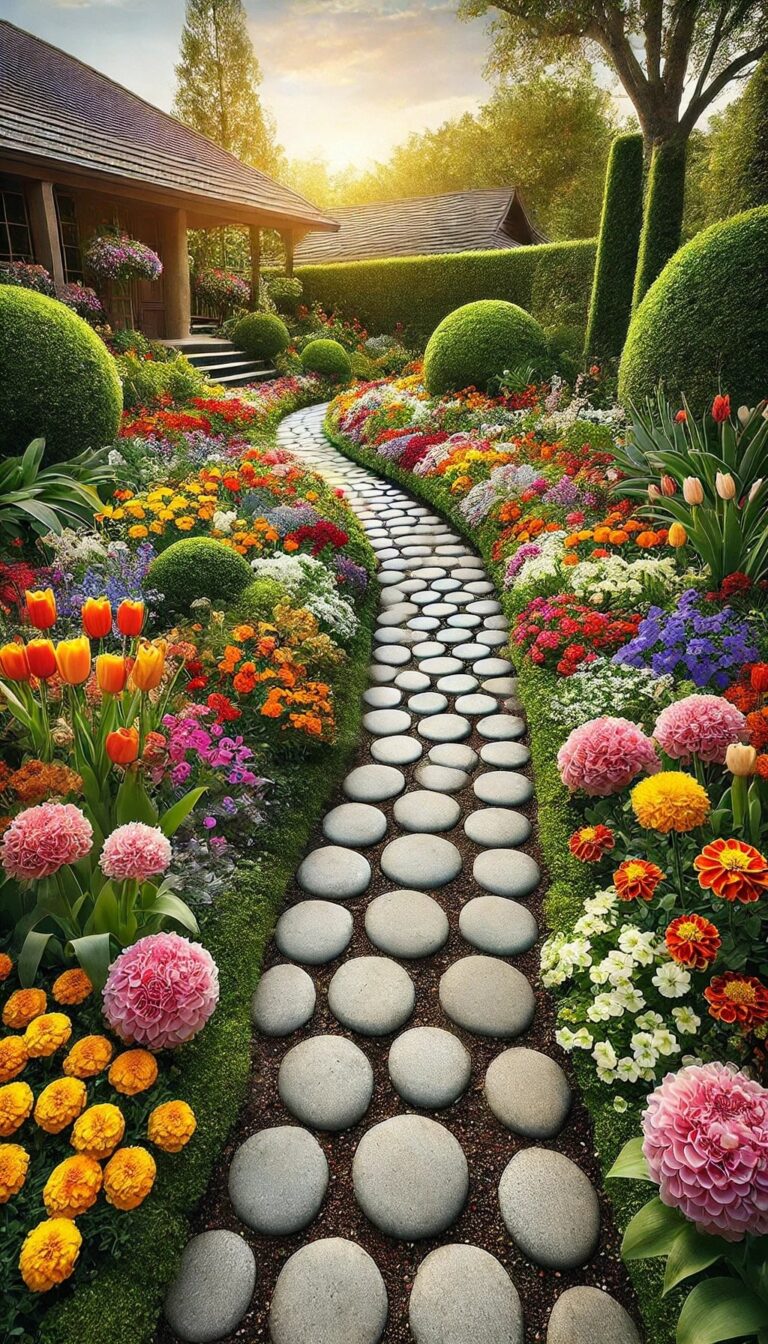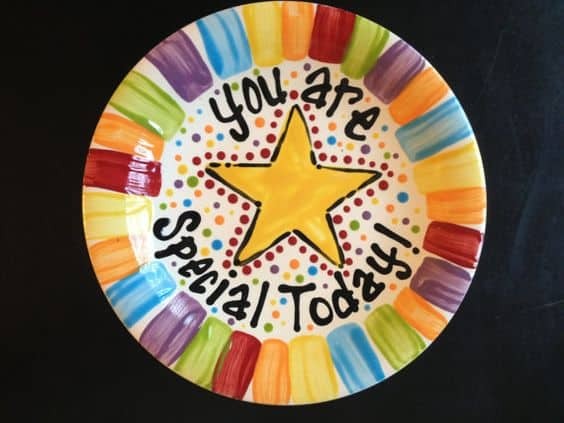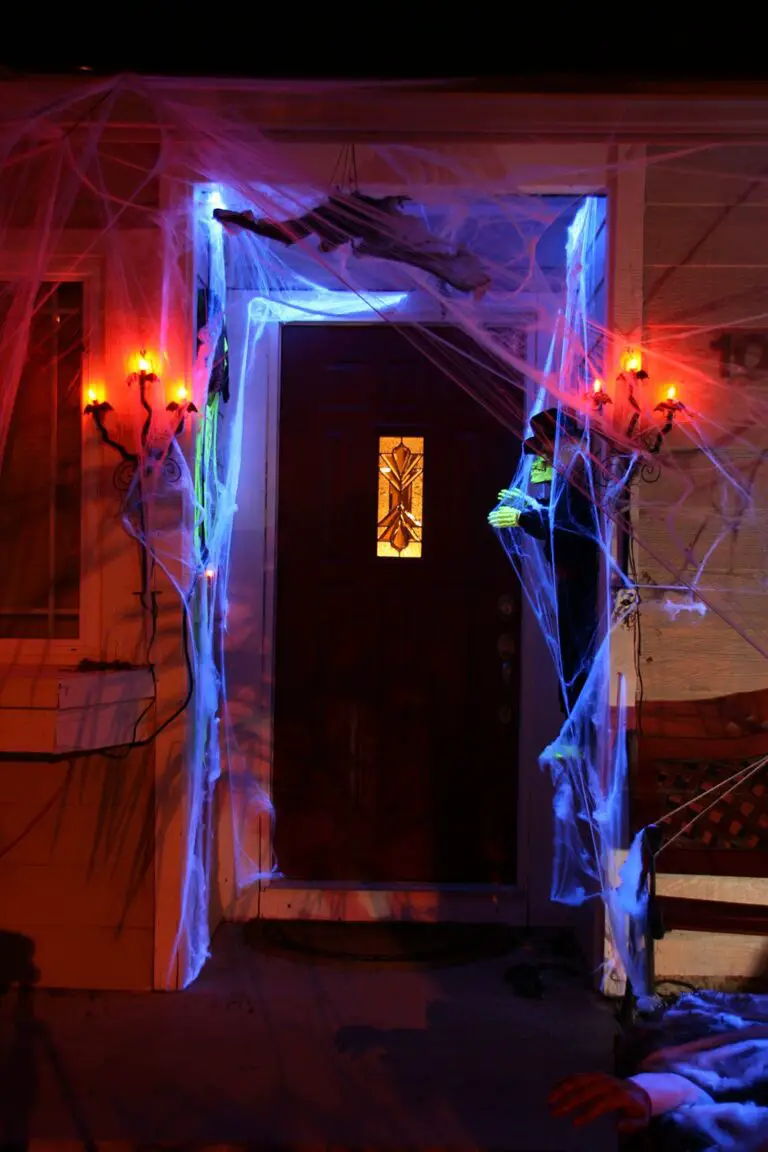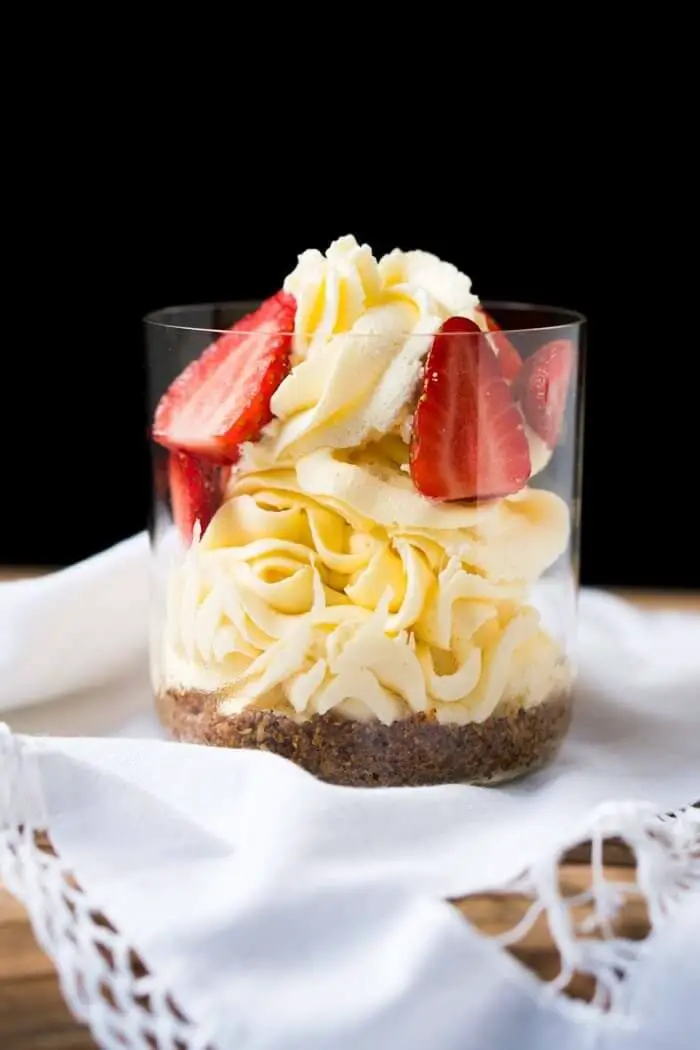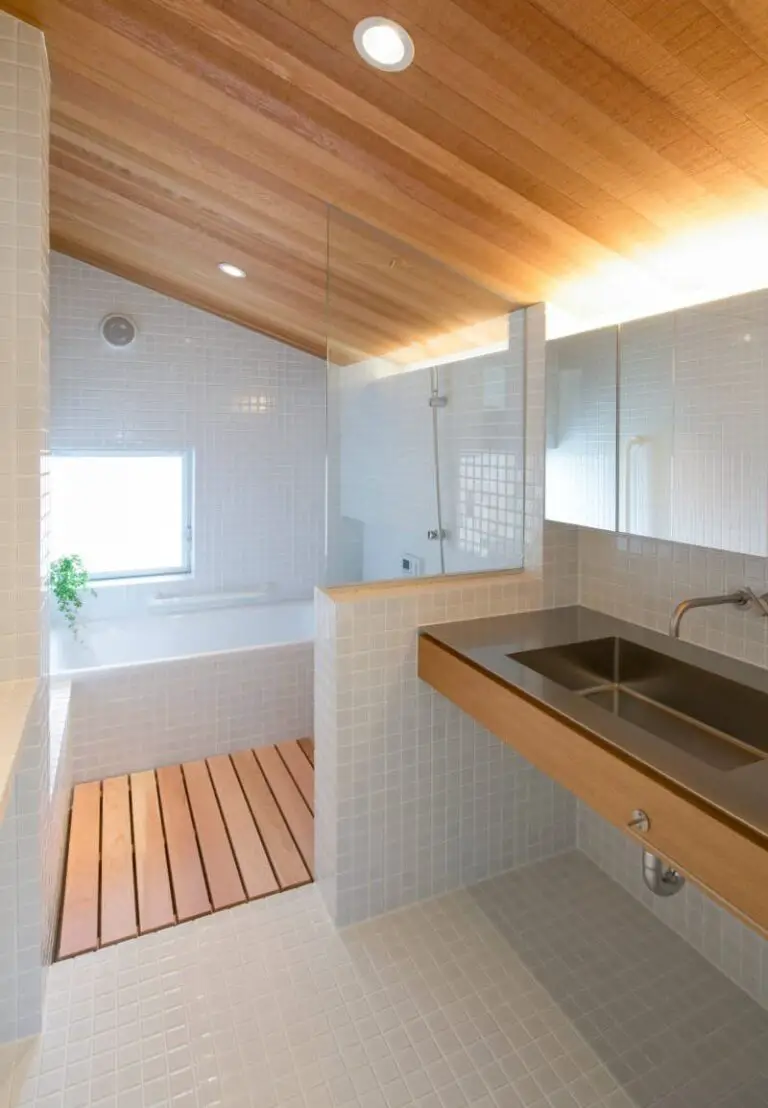40 Best Colors That Compliment Purple: How To Decorate With The Perfect Shade
Do you have a favorite color that always puts a smile on your face? For me, it’s the rich and vibrant shade of purple. There’s something about this color that exudes happiness and excitement, making it my go-to choice for home decor. And what I love most is how effortlessly it pairs with many other colors. In this post, we’ll dive into the world of colors that complement purple beautifully, along with some expert tips on how to incorporate them into your home decor.
From subtle lilac shades to bold turquoise hues, we’ll explore the top 47 color combinations that will inspire you to create a stunning and harmonious space. So, if you’re looking for a dose of creative inspiration, keep reading!
What color is purple?
While the meaning of purple has been debated for centuries, its significance is multifaceted and rooted in both cultural associations and color theory. As a blend of red and blue, purple can be perceived as both warm and cool, making it an adaptable hue suitable for various applications, such as fashion or branding. One prevailing notion about purple is that it represents royalty, stemming from its connection to the British monarchy.
Queen Elizabeth II’s fondness for the color is a notable example. Additionally, purple is often linked to creativity, luxury, and ambition, reflecting its symbolism in art, design, and marketing. However, some people believe purple is also the color of sadness or loss, due to its common association with mourning and melancholy. Prince, known as ‘The Purple One,’ was a prominent exponent of this notion, pouring his emotions into songs about heartbreak and love.
His music often echoed his somber moods.
The history of purple color
The history of purple is shrouded in mystery, with various theories attempting to pinpoint its origin. One notion proposes that the Egyptians pioneered the creation of a synthetic purple dye, using it to adorn their garments and trinkets. Conversely, another theory suggests the Phoenicians were the first to concoct this vibrant hue, employing it to decorate their majestic sailing vessels.
A third hypothesis posits that the Romans were the true innovators, utilizing their newfound purple dye to embellish their clothing and accessories.
Purple and the color wheel
Purple is a versatile and luxurious color that occupies a unique position on the color wheel, situated opposite yellow and comprising blue and red hues. Its adaptability allows it to produce both cool and warm tones, making it an excellent choice for various applications. From branding and web design to fashion and interior design, purple’s multifaceted nature has led to its widespread adoption.
In the context of weddings, purple can evoke a sense of femininity or masculinity, depending on the tone used. Its association with wealth and extravagance renders it a popular color for conveying opulence. When utilized in moderation, purple can infuse any design with sophistication, whereas excessive use can create an atmosphere that feels dark and unwelcoming.
With proper application, purple has the potential to be a stunning addition to any color scheme, making it an attractive option for those seeking to add richness to their next project.
Purple color meaning.
For centuries, purple has been synonymous with royalty and luxury, evoking feelings of wealth, wisdom, dignity, and independence. This rich hue has transcended its regal roots, becoming a fashion staple for both men and women. Celebrities have long been spotted flaunting purple attire, sparking a trend that continues to grow. Some people believe that donning the color can bring them good fortune, adding an extra layer of allure.
Beyond fashion, purple has become a popular choice for interior design, capable of creating a calming and serene atmosphere. Bedrooms, bathrooms, and spas often feature this soothing shade, which adds a touch of luxury and sophistication to any space.
The meaning of purple color in Feng Shui.
Purple is a colour that exudes opulence and authority, often linked to royalty and power. Its regal connotations make it an ideal representation of wealth and status. In Feng Shui, this rich hue is considered a symbol of good fortune and prosperity, believed to bring positive energies into the home. To harness these benefits, purple can be effectively incorporated into both interior and exterior design elements.
Within the home, accent walls, furniture, and accessories can all be infused with this lucky colour. Externally, landscaping, doorways, and roofs can also feature purple to attract wealth and good fortune. If you’re seeking to invite prosperity into your life, consider incorporating purple into your home’s décor – a simple yet powerful way to cultivate positivity.
What color is the opposite of purple?
When it comes to creating harmonious color combinations, the principles of the color wheel offer valuable guidance. Specifically, the complementary color scheme is based on the idea that the opposite of purple is indeed yellow. This means that pairing colors like orange and green can create a striking visual effect. For those who prefer a more subtle approach, the split complementary color scheme offers an alternative.
By combining colors such as pink and green or orange and blue, you can achieve a balanced and visually appealing design. Ultimately, the key is to select colors that are opposite each other on the color wheel, allowing their natural harmony to shine through.
What colors go with purple for a room?
When it comes to pairing colors with purple, the possibilities are endless. You can opt for complementary hues like yellow or green, which create a striking contrast. Alternatively, sticking with neutral shades such as white or black provides a timeless and sophisticated look. For added visual interest, introducing pops of color can elevate your design to new heights.
The key is finding a combination that resonates with your personal style and complements the ambiance you want to create in your room.
If you’re seeking inspiration, consider these harmonious pairings:
Lilac and purple.
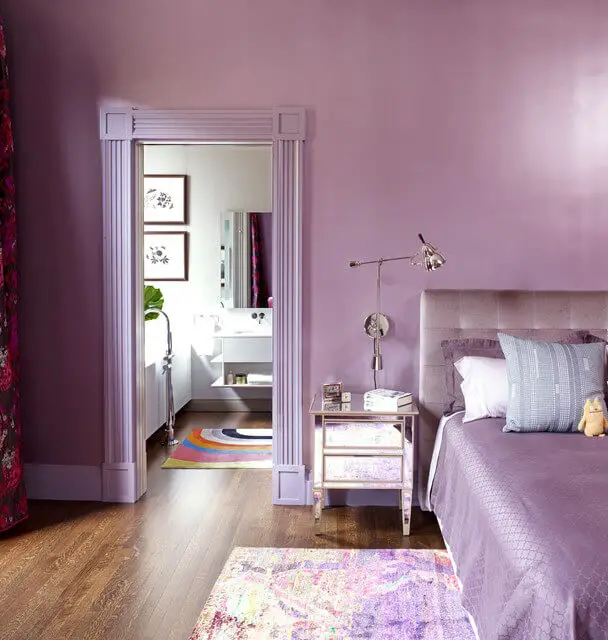
When combining lilac and light purple shades, harmonious results are achieved. Here are some suggestions on how to incorporate these hues into your home’s aesthetic:Consider lilac as an accent color in a space dominated by neutral tones such as beige or gray. This adds a touch of personality without overwhelming the senses. Painting a single wall in a living room or bedroom with a light purple shade injects a pop of color and creates visual interest.
Alternatively, utilize lilac as a secondary color to complement the dominant tone. To further enhance the ambiance, introduce purple-themed accessories like plush pillows, throws, or area rugs. The subtle addition of fresh flowers in a vase can also brighten up the space while incorporating the desired shade. For a child’s bedroom, painting the walls with a light purple hue and adorning it with playful, purple-inspired decor creates a whimsical retreat that’s sure to delight.
Blue and purple.
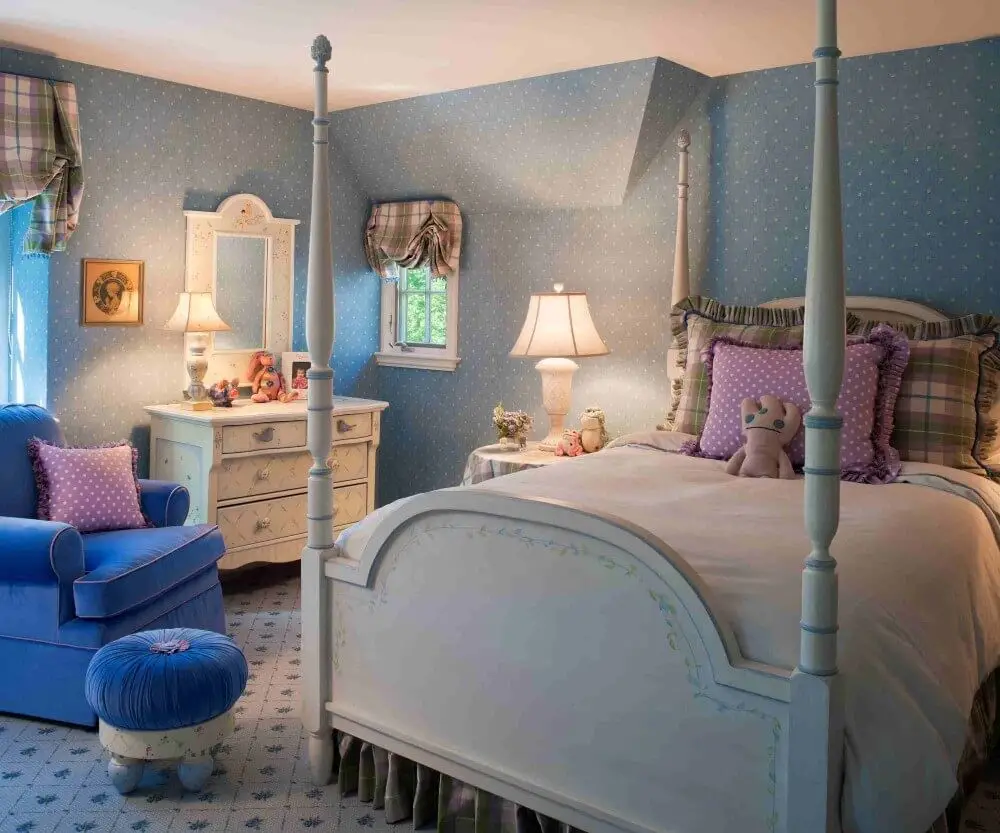
When combining blue and purple hues in your home decor, the complementary nature of these colors can lead to a visually striking outcome. To achieve this effect, try incorporating blue as an accent color in a space dominated by purple walls or furniture. Alternatively, use purple as an accent color in a room featuring predominantly blue elements.
Regardless of which approach you choose, the harmonious blend of blue and purple will undoubtedly result in a stunning and stylish aesthetic for your home.
Mustard yellow and purple.
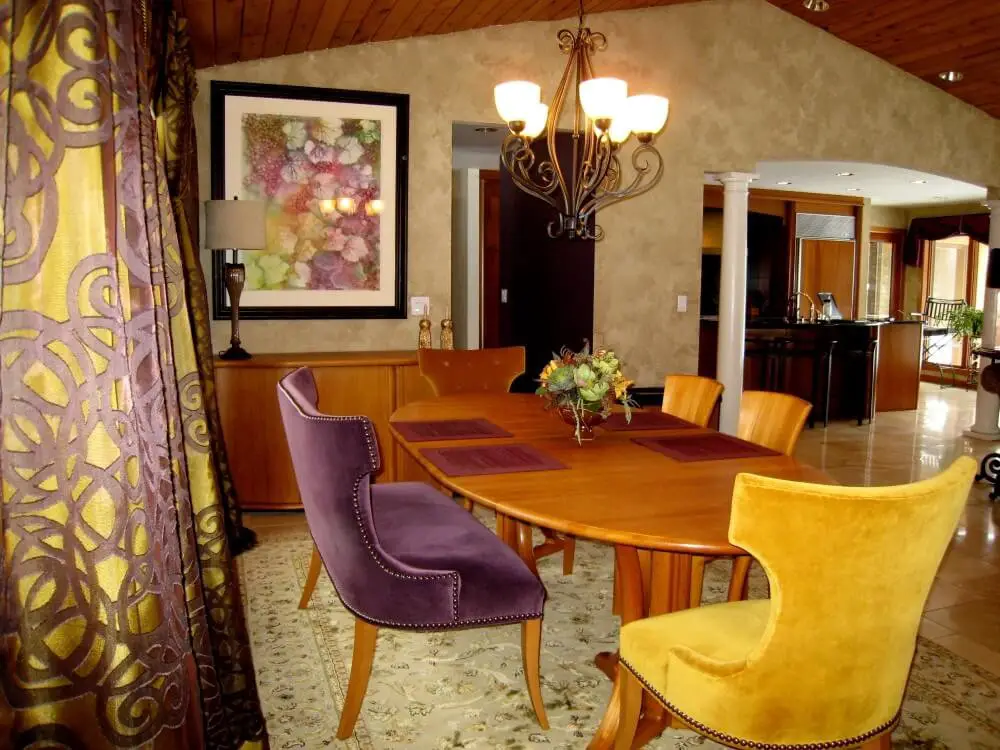
The harmonious combination of purple and yellow can be applied to various aspects of life, including home decor, fashion, and even culinary endeavors. When designing a scheme featuring these colors, it’s essential to consider a few key factors. Firstly, ensure that the intensity of both purple and yellow hues are relatively uniform, as drastic differences in shade can disrupt visual cohesion. This balance is crucial for creating a visually appealing outcome.
Furthermore, think carefully about the mood or atmosphere you wish to evoke. Yellow often conveys feelings of joy and cheerfulness, whereas purple is commonly associated with luxury and sophistication. If you’re aiming to create a vibrant and uplifting space, incorporate numerous yellow accents alongside subtle touches of purple. Conversely, if you’re striving for a more glamorous ambiance, prioritize the use of purple as the primary color, supplemented by judiciously placed yellow highlights.
Light Gray and purple.
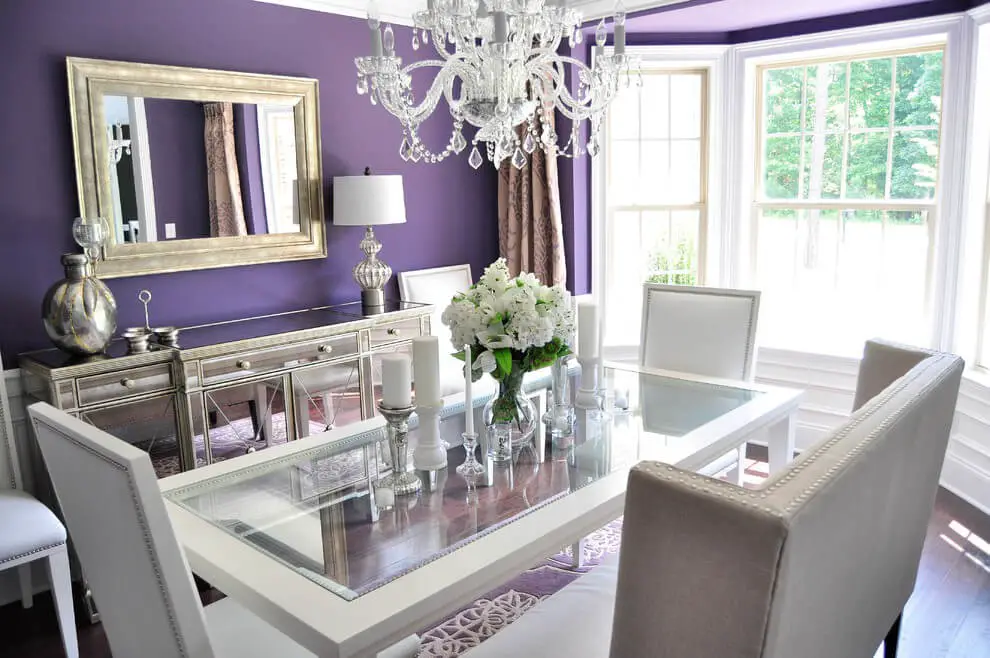
When designing a space that features purple as its primary hue, incorporating light gray can be an effective way to introduce contrast. This can be achieved through the strategic use of accent pieces like pillows, throws, and curtains. Additionally, if you’re looking to make light gray the dominant color in your room, pairing it with a pale shade of purple can create a harmonious balance.
The combination of these two colors is particularly well-suited for each other, making them a great pairing option.
Dark gray and purple.
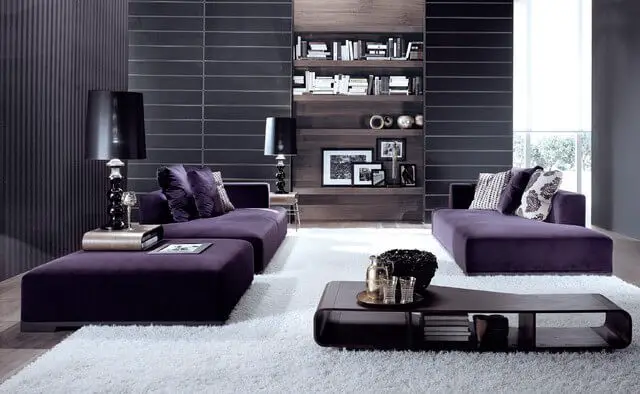
When it comes to adding depth and visual interest to a space with purple walls, consider incorporating dark gray as an accent color. This harmonious pairing can be achieved by incorporating a dark gray sofa into the design. The resulting aesthetic is not only sophisticated but also exudes elegance, making it perfect for creating a refined atmosphere in your home.
Baby blue and purple.
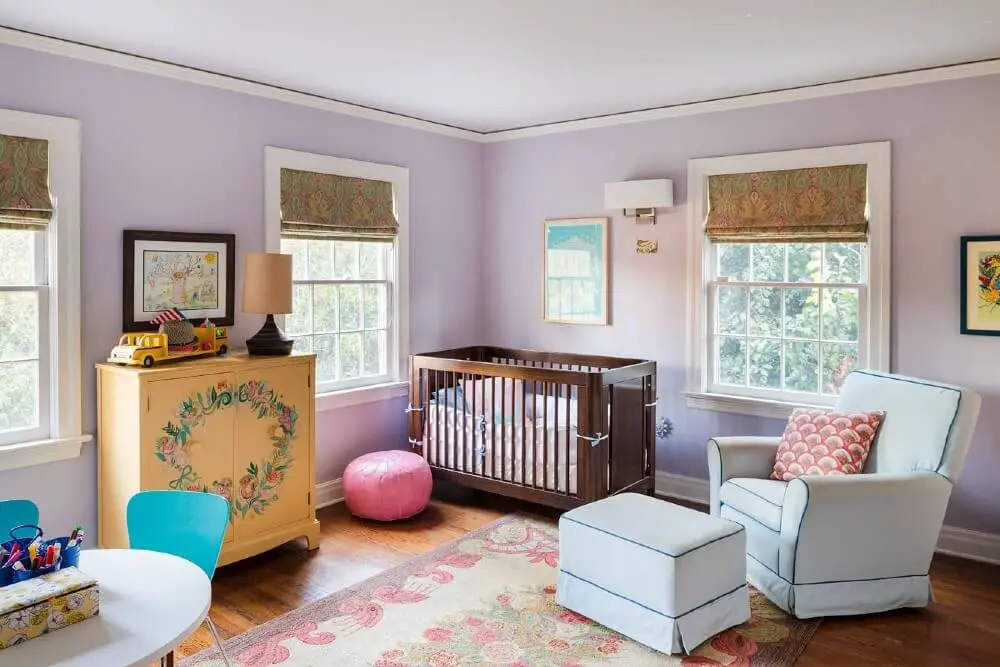
When it comes to home decor, the combination of baby blue and purple can be truly striking. While these colors are often seen as contrasting, they can come together to create a visually appealing space when used thoughtfully. One way to make this color combination really pop is to use baby blue as an accent color in a room with purple walls or furniture.
The contrast between the cool, calming tone of the blue and the rich, bold tone of the purple creates a dynamic visual interest that can add depth and character to any room. Of course, the opposite approach can also be effective: using purple as an accent color in a room with baby blue walls or furniture. This reversal can create a sense of balance and harmony, as the cool tones of the blue are tempered by the warmth of the purple.
Ultimately, the key to making this color combination work is finding the right balance between the two colors.
Black and purple.
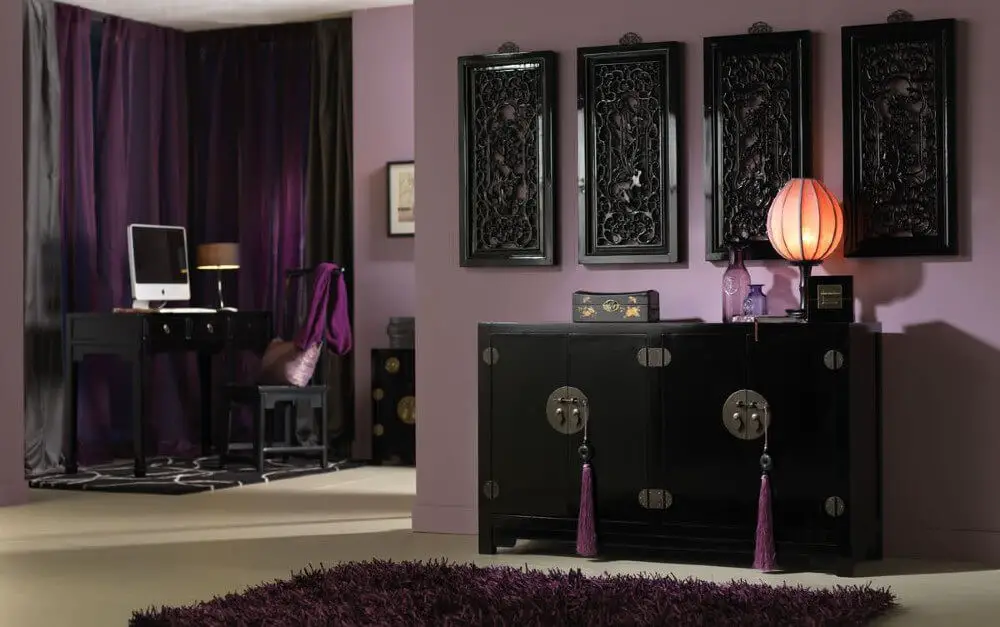
In harmony, black and purple create a striking contrast that can elevate the ambiance of any space. The richness of black provides a sophisticated backdrop for the opulence of purple, while the latter adds a touch of femininity or luxury to the former. This color combination is versatile and can be applied in various ways throughout your home.
Consider using black as an accent color to add depth to deep purples in a bedroom.
Alternatively, introduce purple accessories into a predominantly black and white room to create visual interest. For a dramatic look, combine black and purple in your kitchen or paint one wall of your living room a bold purple hue, complemented by black furniture and accents.
Black, White and purple.
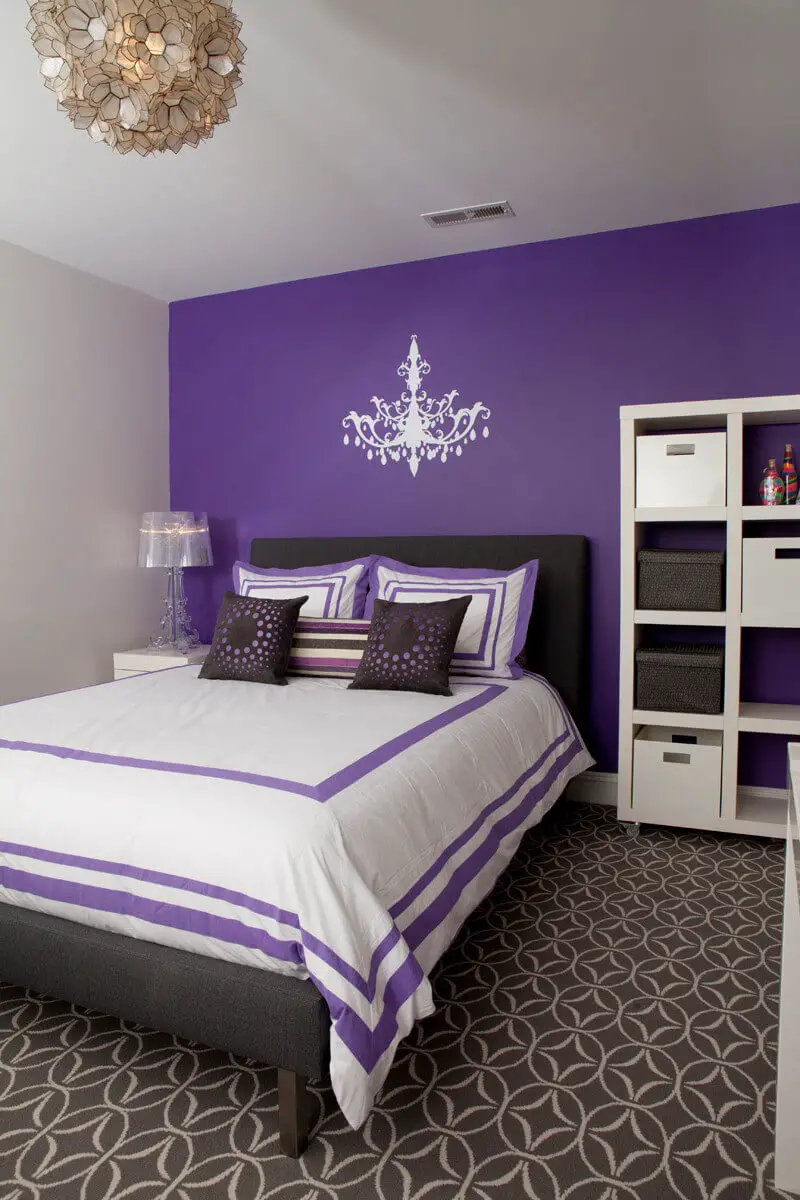
There’s something timeless about pairing purple with black and white accents in home decor. These colors work beautifully together, making them a great choice for either adding a touch of elegance to an accent or serving as the star of the show in a room. To really make your space stand out, consider using purple as the main color and incorporating black and white elements through furniture, walls, and accessories.
This combination adds visual interest and creates a sense of depth, making it perfect for creating a unique and inviting atmosphere.
Blush pink and purple.
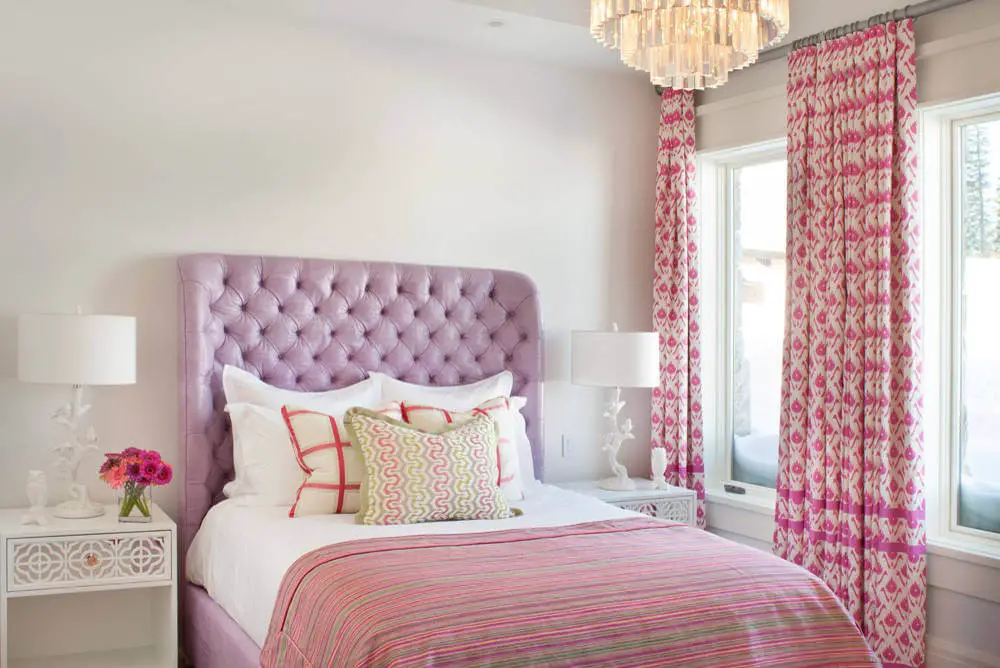
When combining blush pink and rich purple in your home, you can create a harmonious and complementary color scheme that exudes softness and romance. The delicate pink tone, infused with a hint of orange, beautifully complements the deep, luxurious hue of the purple. By incorporating these colors into your bedroom, living room, or bathroom, you can achieve a cohesive look that’s both soothing and inviting.
Additionally, use them in accessories like pillows, throws, or vases to add a burst of color and create visual interest. Feel free to experiment with different combinations of these colors to discover the perfect blend for your unique space. With blush pink and rich purple, the possibilities are endless and limited only by your imagination!
Burnt orange and purple.
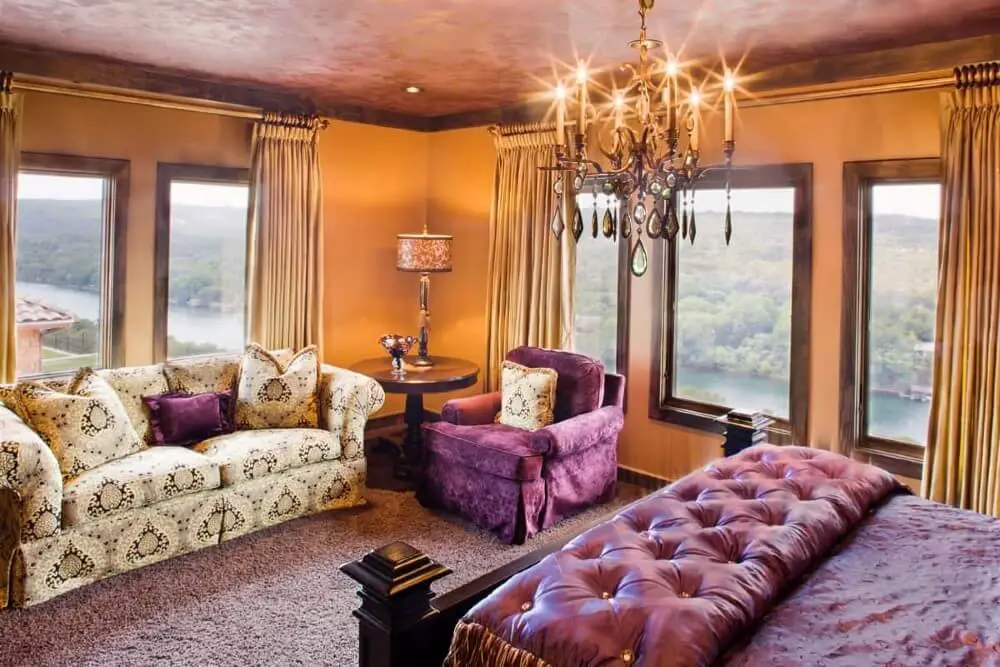
These harmonious hues work seamlessly together, allowing for endless possibilities in crafting a cozy and welcoming ambiance. One approach is to incorporate an orange accent, such as a throw pillow, to add vibrancy to a rich purple sofa. Alternatively, you could opt for burnt orange walls and incorporate purple accents strategically throughout the room, creating a warm and inviting space that exudes comfort and style.
Canary yellow and purple.
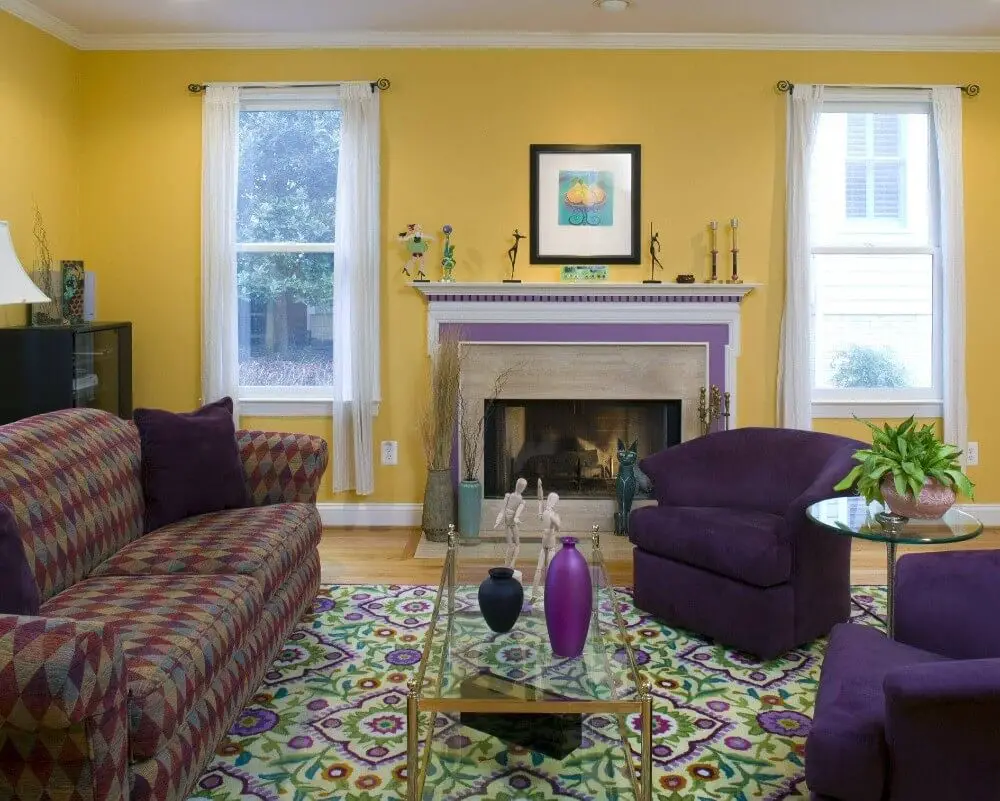
The harmonious combination of canary yellow and purple in home decor creates a visually striking effect. The vibrant, sunny quality of canary yellow injects energy into a space, while the rich, regal connotations of purple bring a sense of sophistication and luxury. When used in tandem, these colors produce a captivating contrast that adds depth and visual interest to any room.
Cantaloupe and purple.
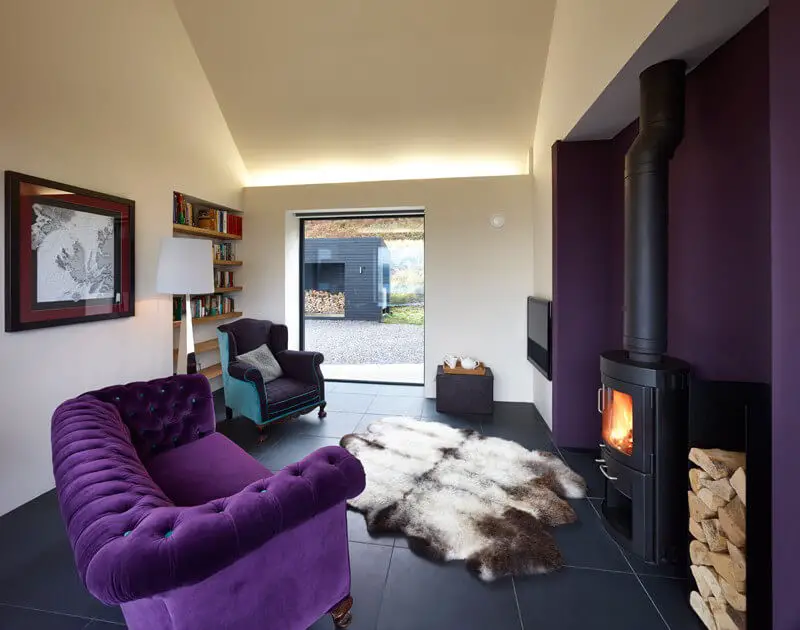
When it comes to combining cantaloupe and purple, the possibilities are endless. One approach is to utilize cantaloupe as an accent color within a space dominated by purple walls or furniture. Conversely, you can also incorporate purple as an accent hue against a backdrop of cantaloupe-hued walls or furnishings. Regardless of which direction you choose, the harmonious blend of these two colors will result in a distinctive and visually striking atmosphere within your home.
Charcoal and purple.
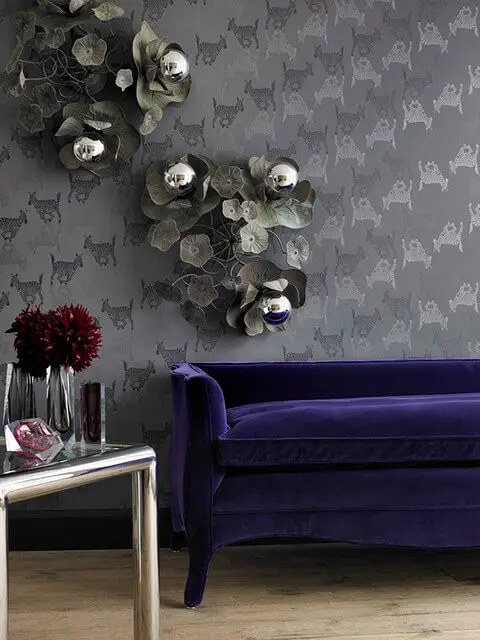
When combining charcoal and purple in home decor, the possibilities are endless. These two colors work harmoniously together to create a striking visual effect that can elevate any room. Here’s how you can incorporate them into your space:Start by using charcoal as an accent color. A single statement piece of furniture or a charcoal-hued wall can become a focal point in the room, drawing the eye and adding depth. Alternatively, use purple as the dominant hue to create a soothing atmosphere.
This is particularly effective in bedrooms or meditation spaces, where calmness is key. For a more dramatic look, combine charcoal and purple together. This bold combination works beautifully in living rooms, dining rooms, or even outdoor spaces. Finally, don’t be afraid to experiment with different shades of purple and charcoal. Mixing and matching various hues can result in a one-of-a-kind aesthetic that reflects your personal style.
Chestnut and purple.
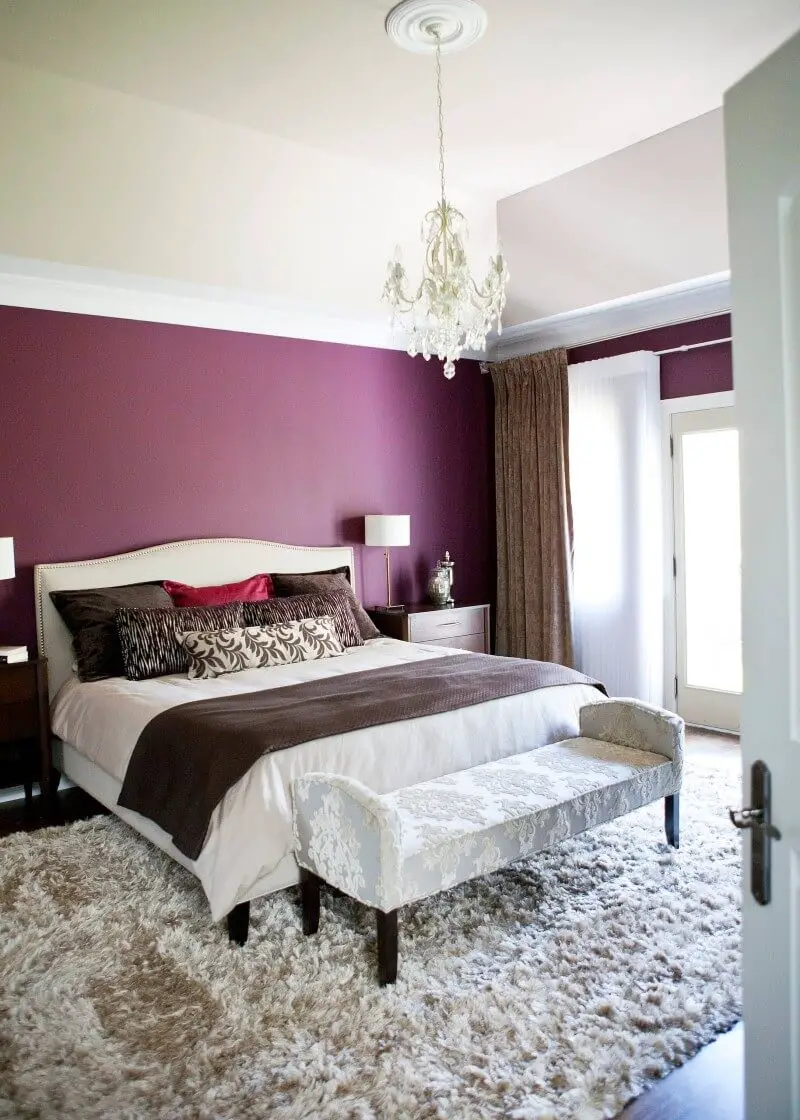
When it comes to selecting a harmonious color scheme for your home decor, the pairing of chestnut and purple is an excellent choice. The warm, rich tones of chestnut provide a cozy ambiance that can instantly elevate any room’s atmosphere. To add a touch of sophistication and visual interest, consider incorporating purple accents to create a beautiful contrast. This combination is ideal for those seeking to create a refined and elegant look in their home.
Citron and purple.
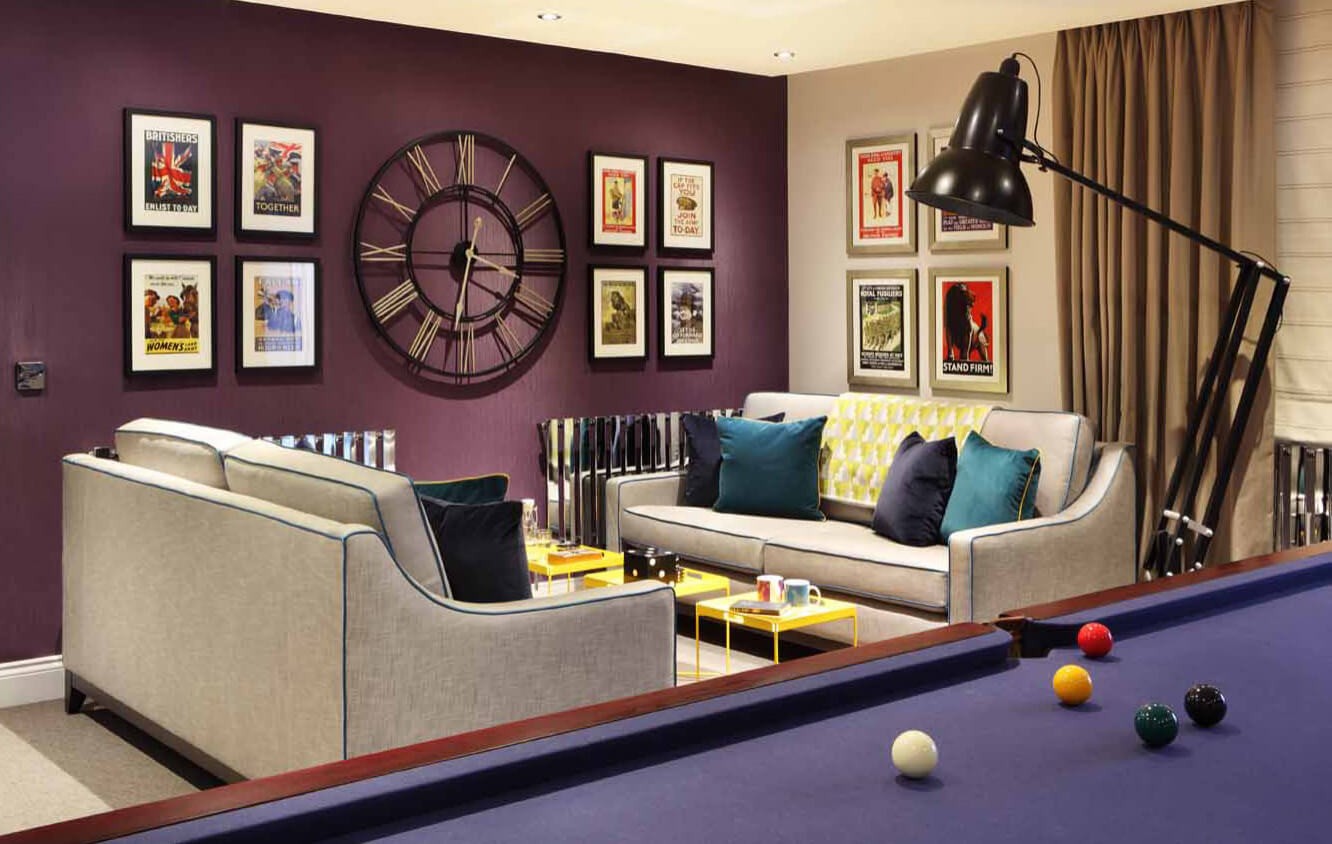
When it comes to pairing colors, few combinations are as striking as citron and purple. The bright, citrusy hue of citron adds a burst of energy to any room, making it the perfect choice for adding some vibrancy to your home decor. When paired with the rich, regal tone of purple, the result is a space that’s both stylish and sophisticated. Alternatively, combining purple with pink creates a romantic and elegant atmosphere.
By experimenting with different shades of these colors, you can create a one-of-a-kind color scheme that reflects your personal style.
Cobalt Blue and purple.
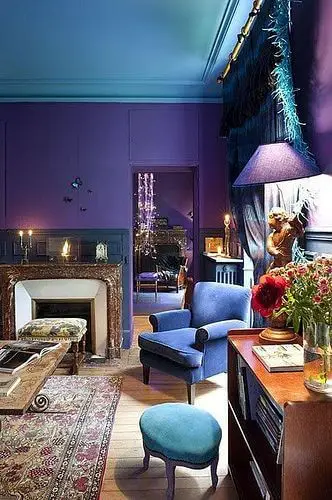
When it comes to incorporating bold and vibrant colors into a room, pairing cobalt blue with purple is an excellent choice. The resulting modern and eye-catching aesthetic can elevate the space instantly. To achieve this striking look, consider using cobalt blue accessories or accents to complement the purple walls and furniture. Alternatively, you could also paint the room itself in this color combination.
A room featuring a dominant purple hue with pops of cobalt blue is sure to be a conversation starter.
Dusty rose and purple.
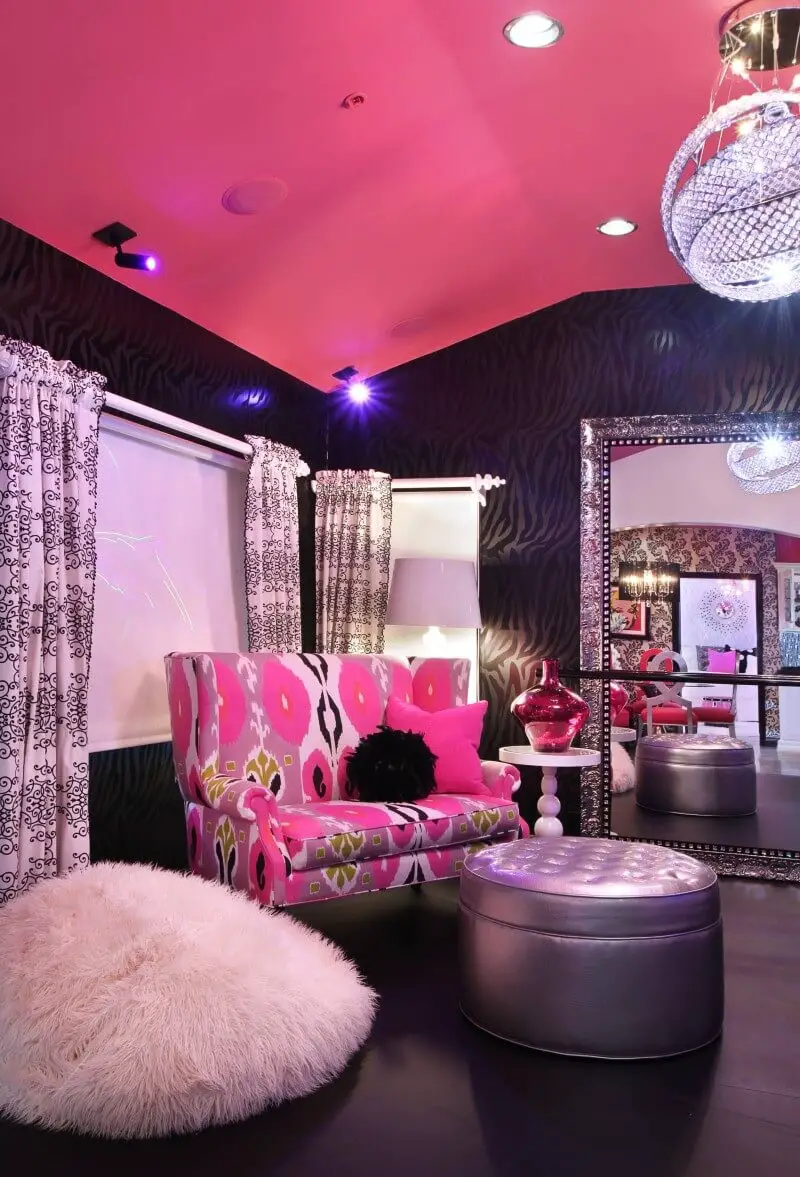
Soft pastel hues are often associated with femininity and romance. When combined, they can bring about a serene and calming ambiance to your living spaces. Consider incorporating these colors into your bedroom or living room design to create a peaceful retreat. As with any color combination, it’s essential to strike the right balance to avoid overwhelming the senses.
Emerald and purple.
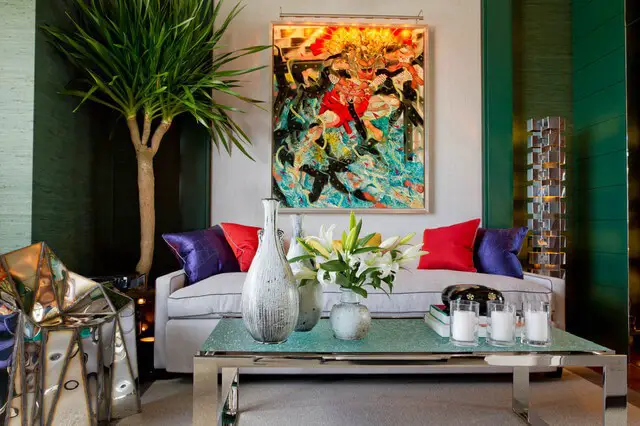
When it comes to home decor, the combination of purple and emerald is a match made in heaven. These two colors can be used together or individually to add a splash of color that’s hard to ignore. One way to incorporate both hues is by introducing small doses of each through accessories like throw pillows, vases, or paintings. If you prefer to use them separately, try using more of one color than the other to create a striking focal point in your room.
For instance, if your space already features a lot of purple, emerald can be used as an accent color to inject some much-needed contrast. Alternatively, if your room is predominantly white, purple can be used to add visual interest and brightness. Regardless of how you choose to use these colors, the end result is sure to be nothing short of stunning.
Emerald Green and purple.
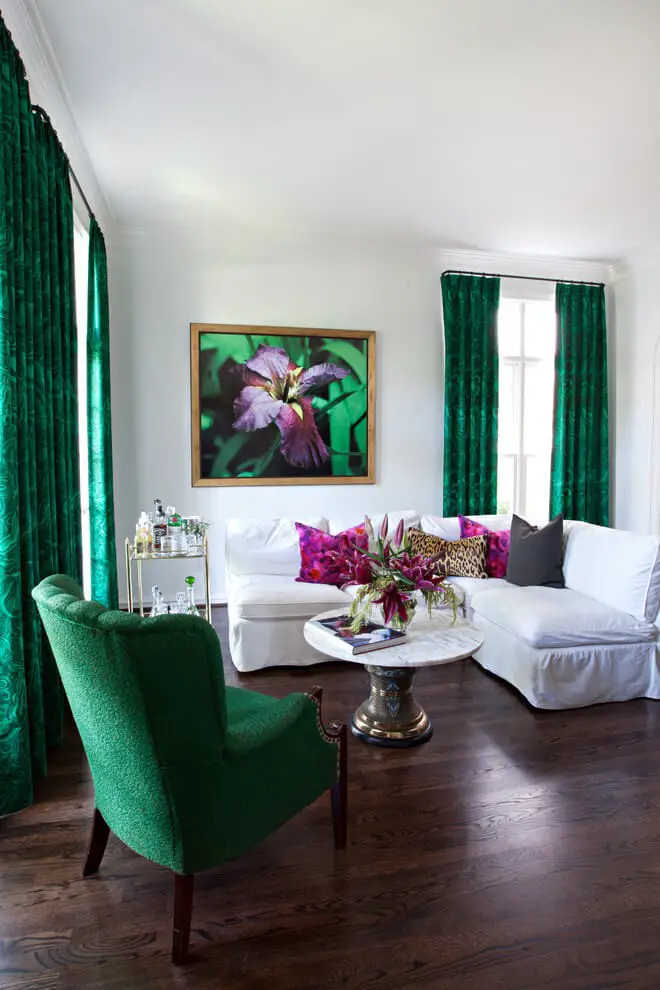
When it comes to adding a splash of colour to your home decor, the harmonious combination of these two colours is a great place to start. As complementary colours, they have a natural affinity for one another, making them a perfect pair for creating visual interest. Whether you choose to incorporate them into your paint palette, fabric selection or accessory choices, just be mindful of using varying shades to avoid any potential clashing.
Forest green and purple.
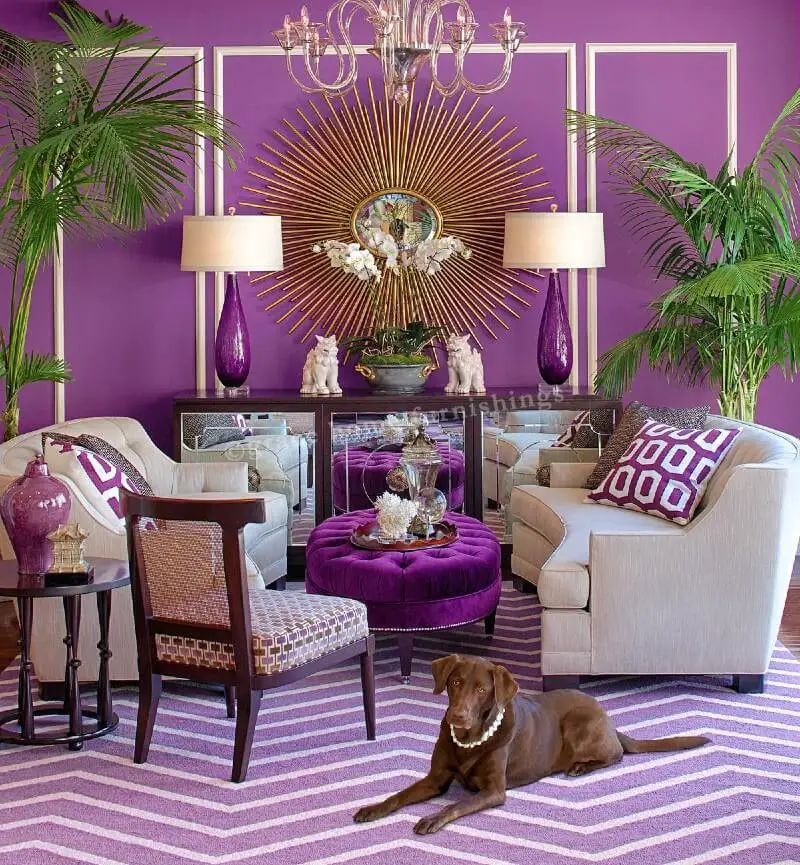
Forest green and purple may seem like an unconventional pairing at first glance, but their harmonious combination has been a staple in home decor for quite some time. The earthy, natural undertones of forest green evoke the serenity of a forest glade, while the rich, regal hue of purple adds a touch of sophistication to any room. When paired together, these two colors create a unique fusion that effortlessly blends the tranquility of nature with the opulence of luxury.
Gold and purple.
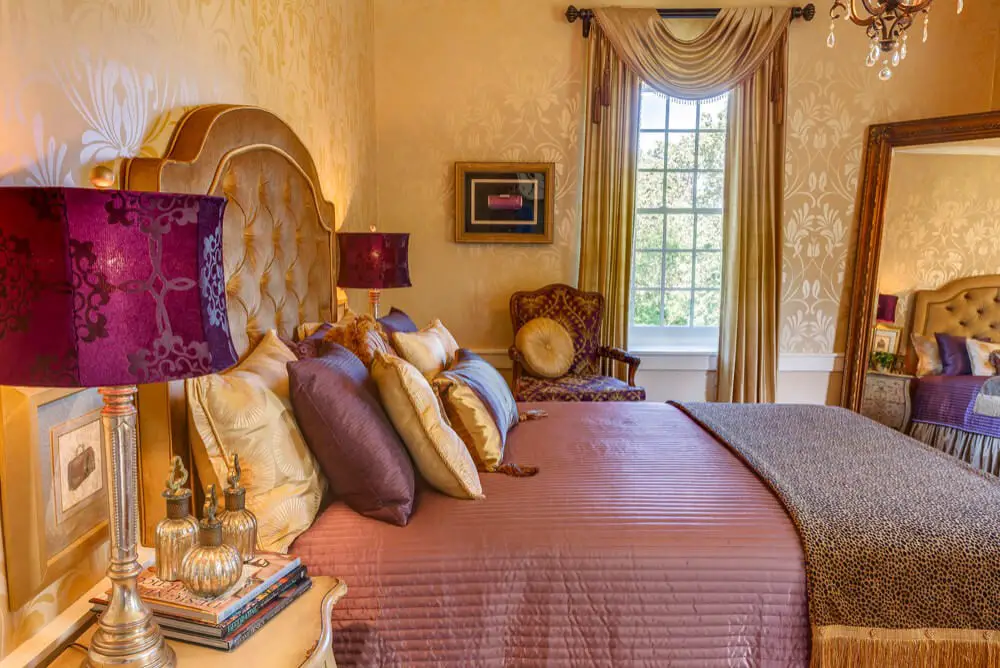
The harmonious combination of gold and purple can elevate the ambiance of any room. While gold brings a touch of brightness and sophistication, purple adds an air of elegance and luxury. This dynamic duo can be seamlessly incorporated into various aspects of home decor, including furniture, accessories, paint colors, and more.
Some inspiring ways to combine these two colors include:
-Adding a gold lamp or accent piece to a room painted in soothing shades of purple,
-Using luxurious purple and gold bedding to transform your bedroom into a regal retreat,
-Painting one wall in a rich, jewel-toned purple and complementing it with gold accents on the remaining walls,
-Selecting furniture with warm, golden wood trim to add coziness to a room painted in shades of purple,
-Using a plush purple area rug with subtle gold accents to tie your design scheme together.
Light blue and purple.
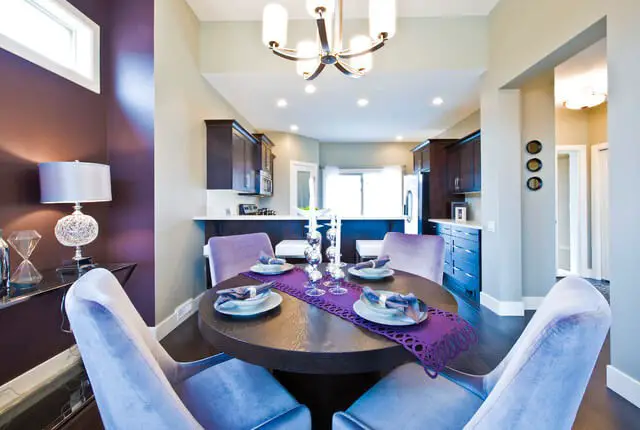
When it comes to incorporating light blue and purple into your home decor, the key is versatility. While light blue is often tied to the sky and water, its calming quality makes it an excellent choice for creating a sense of serenity in any room. Purple, on the other hand, is often associated with luxury and royalty, making it perfect for adding a touch of sophistication to your space.
One way to effectively use these colors is to pair light blue as an accent color with dark purple walls, or vice versa. By doing so, you can create a visually appealing contrast that adds depth and interest to the room. This harmonious combination allows each color to shine while still working together in perfect balance.
Marigold and purple.
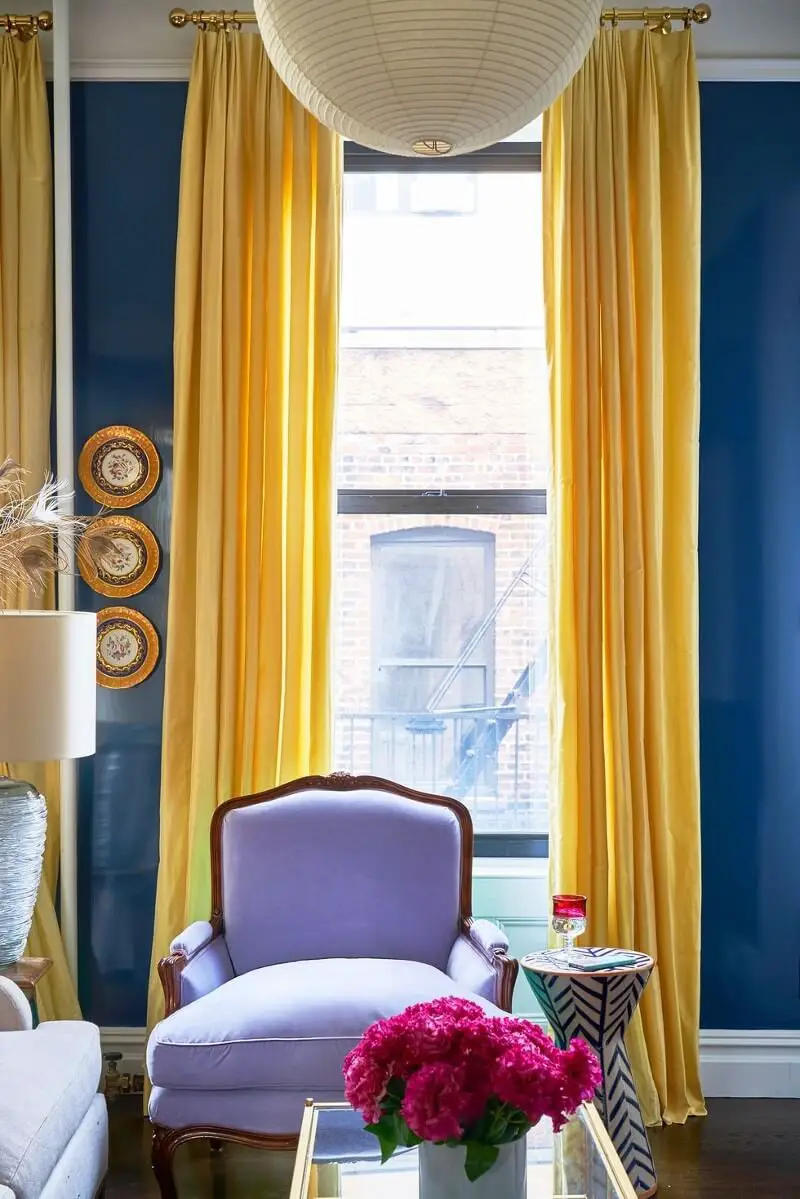
When it comes to pairing colors, few combinations can match the harmony and contrast that marigold and purple bring. The bright, sunny warmth of marigold is perfectly balanced by the rich, regal sophistication of purple. This duo is a match made in heaven, capable of elevating any home decor project from ordinary to extraordinary. Whether you’re looking to add a splash of color to your living room or create a showstopping bedroom, marigold and purple are sure to work their magic together.
Mauve and purple.
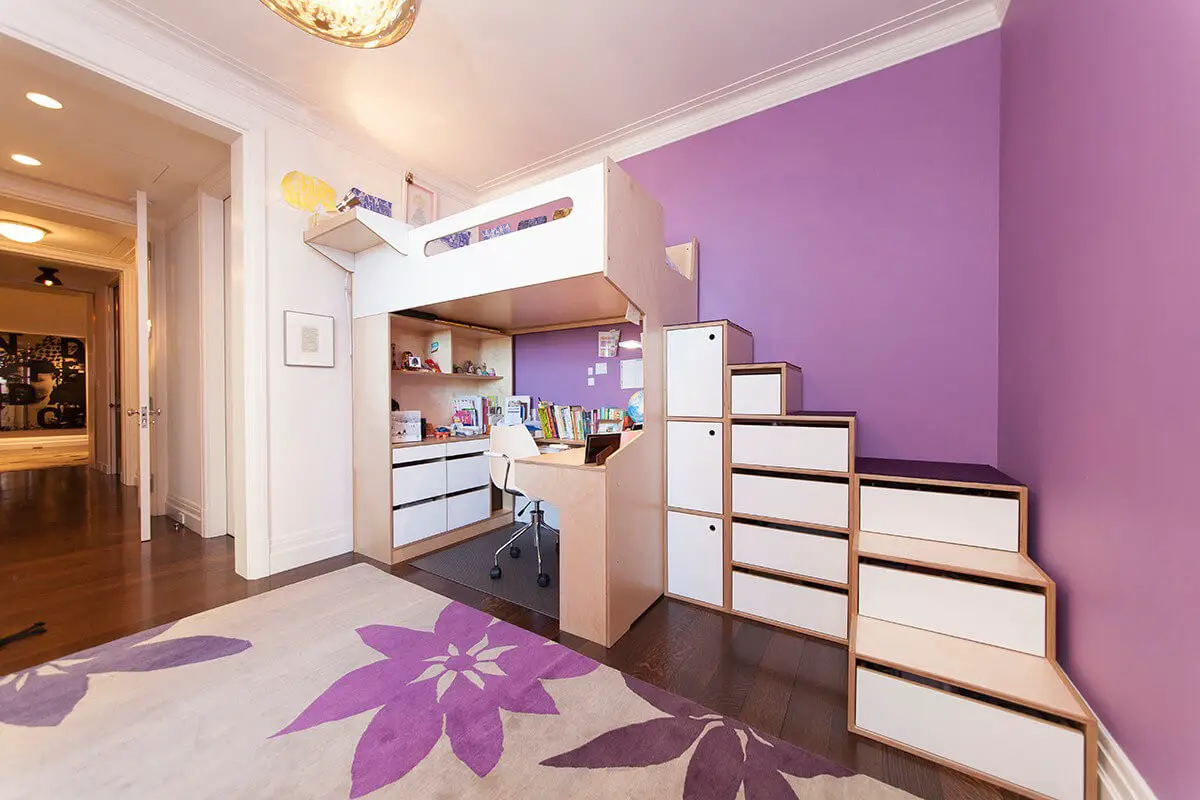
Soft and romantic hues like lilac, plum, lavender, and mauve can bring a sense of sophistication to any space when used thoughtfully. To create visual interest, combine different shades of these colors to achieve depth and dimension. Consider pairing light lilac with deep plum or using lavender as an accent color against rich purple. These hues also lend themselves well to monochromatic schemes, promoting a calming atmosphere.
When working with mauve and purple, remember that subtlety is key – a little goes a long way, so avoid overwhelming the space.
Mint green and purple.
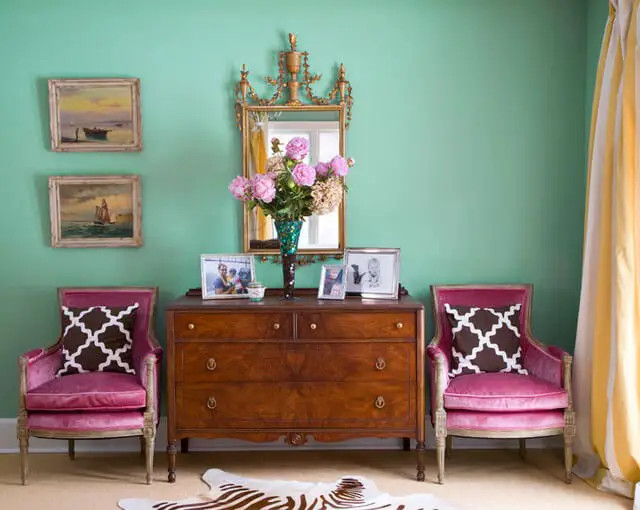
When it comes to pairing colors with purple in home decor, mint green is an excellent choice. Its calming and refreshing tone helps balance out the boldness of purple, creating a harmonious visual effect. To incorporate this combination into your space, consider adding mint green accents or accessories, such as vases, throw pillows, or even a statement piece of furniture.
Alternatively, you could paint a single wall or a smaller feature, like a bookshelf or nightstand, in mint green to add a pop of color and create visual interest.
Navy blue and purple.
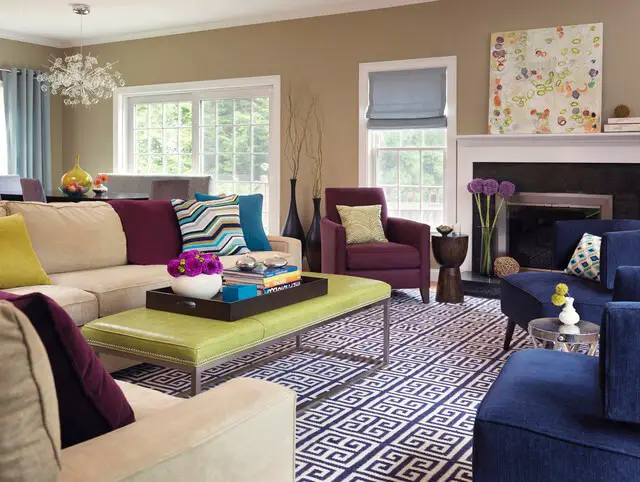
Purple and navy blue is a match made in heaven when it comes to creating a harmonious atmosphere in your home. The soothing quality of the two colors combined can transport you to a state of serenity, making them an excellent choice for decorating spaces that require a calming ambiance. When used together, purple and navy blue can add depth and visual interest to any room, making them perfect for adding a pop of color to your decor, furniture, or accessories.
Ochre and purple.
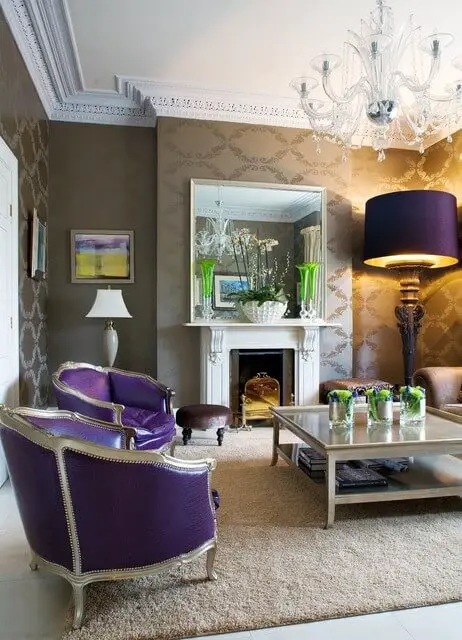
Incorporating ochre into your design can result in a unique blend of modern and antique aesthetics. This warm, earthy yellowish-brown hue is the ideal complement to purple’s cooler undertones, allowing for the creation of a visually stunning and contemporary space when used together. The harmonious contrast between the two colors makes them an excellent combination for achieving a modern look with vintage charm.
Orange and purple.
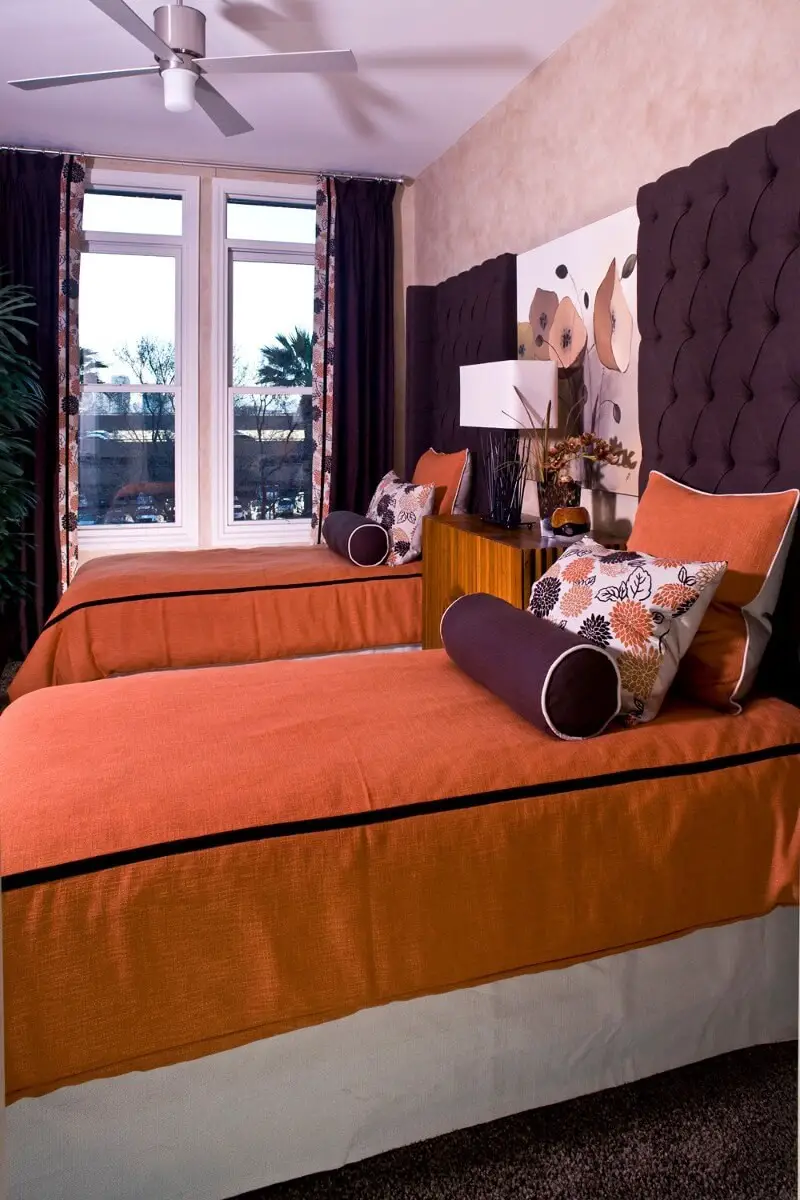
When it comes to decorating with purple, orange makes for a fantastic accent color. The two hues complement each other beautifully, allowing the playful and vibrant qualities of orange to bring a sense of fun and whimsy to your space, while the richness of purple provides a sophisticated backdrop.
Orchid and purple.
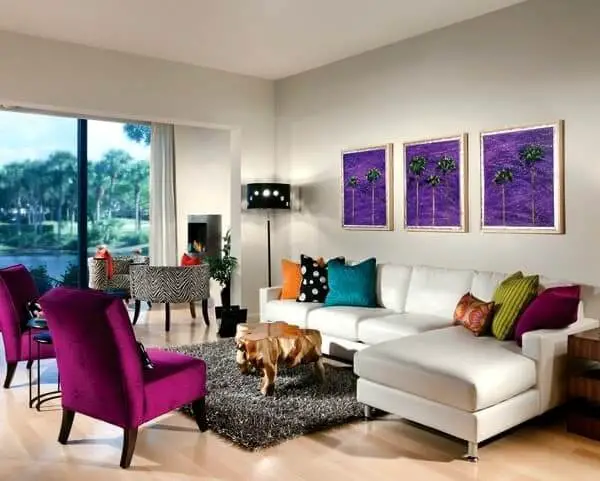
When it comes to creating a luxurious atmosphere in home decor, the combination of these two colors is truly unbeatable. Their regal essence and sophisticated charm can transform any space into an opulent retreat that exudes elegance and refinement. By combining them, you’ll be able to achieve a look that is both stylish and timeless. For those seeking to infuse their abode with a touch of luxury, this color pairing offers the perfect solution.
Pastel yellow and purple.
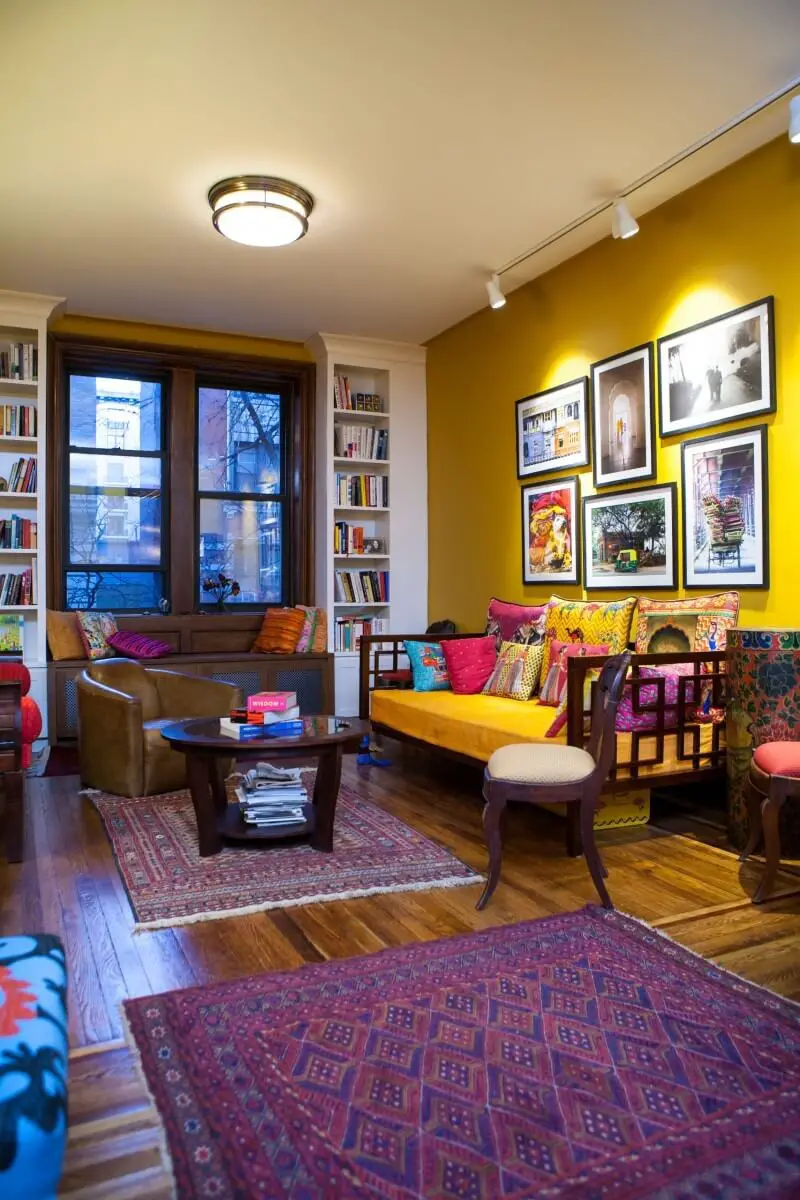
When it comes to combining soft and delicate shades, I find myself drawn to a harmonious pairing of yellow and purple. These colors evoke the essence of spring, when tender blooms start to unfurl. To incorporate this palette into your home decor, consider establishing a light-toned foundation with white or cream as the base, then introducing subtle pops of yellow and purple. The key to successfully bringing these colors together is to create an atmosphere rich in natural light.
As sunlight filters through the space, it will expertly highlight the delicate nuances of both hues, yielding a warm and inviting ambiance that’s perfect for relaxation.
Peach and purple.
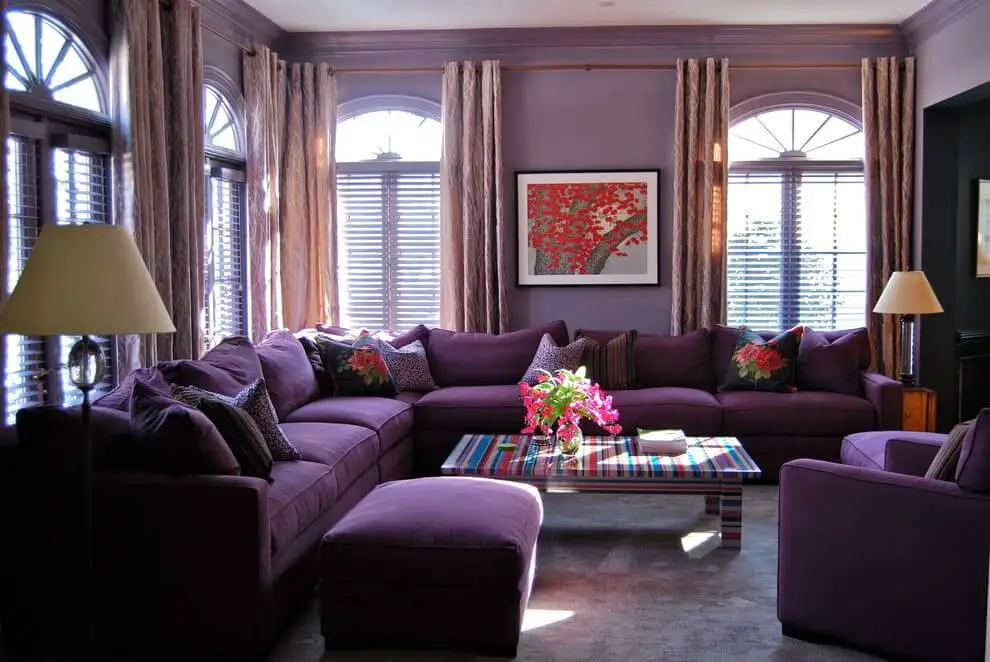
Elevate your home’s aesthetic with a harmonious blend of peach and purple hues. These complementary colors seamlessly merge to create a cozy and welcoming ambiance, making them an ideal choice for homeowners seeking a stylish yet understated decor scheme. For those eager to inject a burst of color into their living space without resorting to loud or overpowering combinations, the pairing of peach and purple is an excellent option.
Pink and purple.
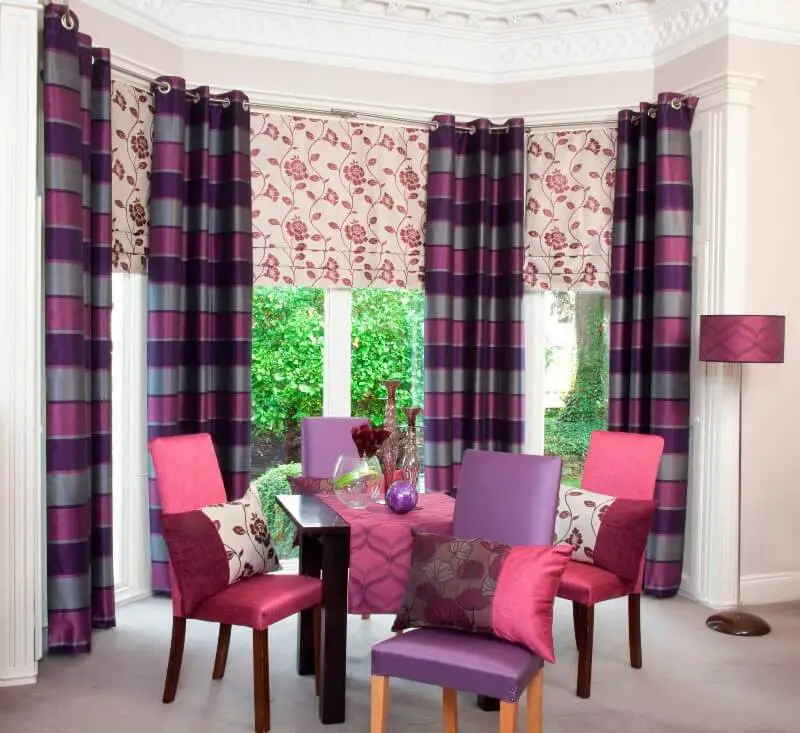
The harmony between two contrasting elements is often likened to timeless pairings in food and culture. The notion that certain things are meant to be together, like complementary colors, can evoke feelings of comfort and familiarity.
Powder pink and purple.
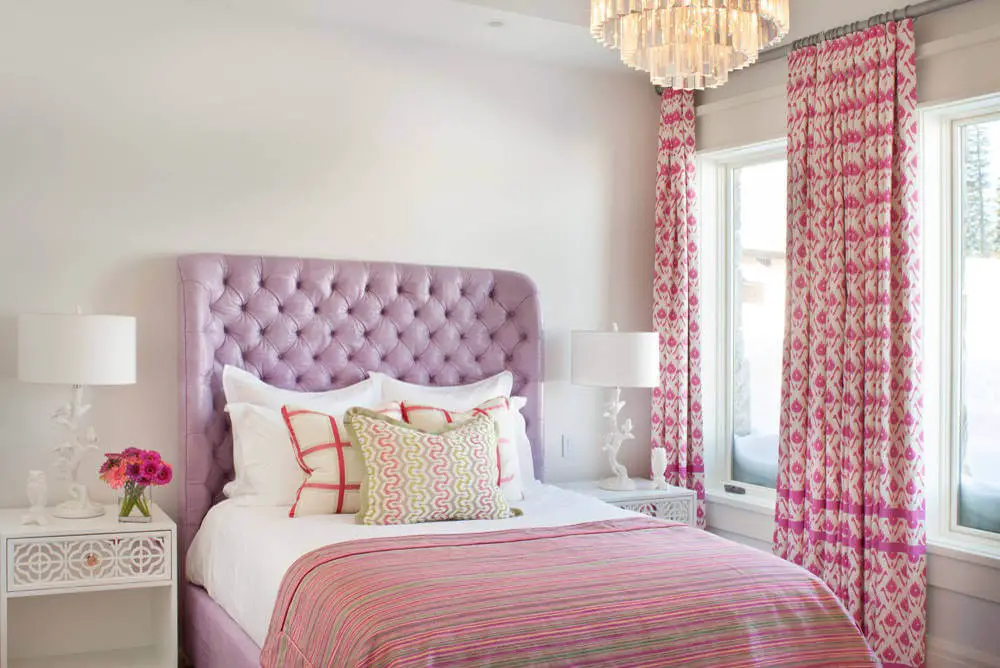
These two colors are an idyllic match, sharing a delicate and feminine quality that allows for versatility in home decor applications. The powder pink variant is particularly soft and gentle, making it an ideal accent hue or even a soothing wall color for a nursery or little girl’s bedroom. When paired with purple, they complement each other beautifully, allowing either color to take center stage in the room.
Red and purple.

Nature’s harmony of red and purple can be effortlessly replicated in home decor. The combination offers endless possibilities for creative expression. To incorporate this stunning duo into your living space, consider the following ideas.
For a pop of color, explore fabric choices that feature both red and purple hues. Throw pillows, curtains, and upholstered furniture are all great ways to bring these colors together.
Another approach is to add a splash of personality through accent walls or vibrant accessories. A statement vase, an eye-catching piece of art, or a richly colored rug can help tie the space together, creating a visually appealing harmony.
Robin’s Egg Blue and purple.
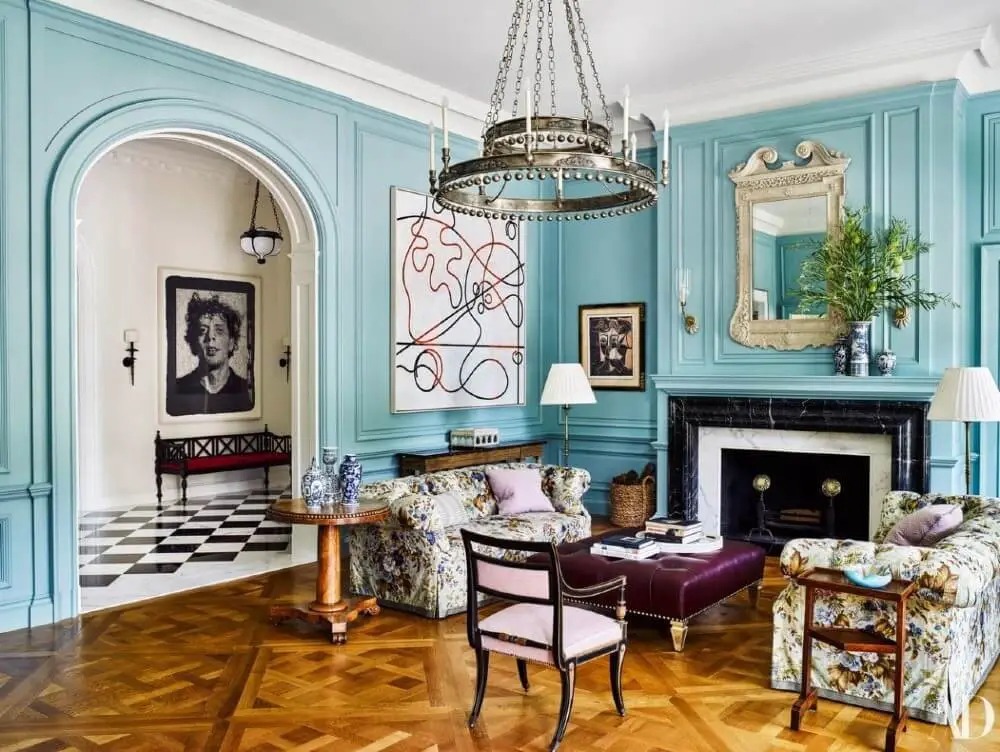
The harmonious blend of Robin’s Egg Blue and purple is a true delight. This colour combination strikes the perfect balance, resulting in a visually appealing palette that effortlessly elevates any room’s aesthetic. In fact, I’m particularly fond of incorporating this duo into my own home decor, as it consistently yields a breathtakingly beautiful outcome.
Royal blue and purple.
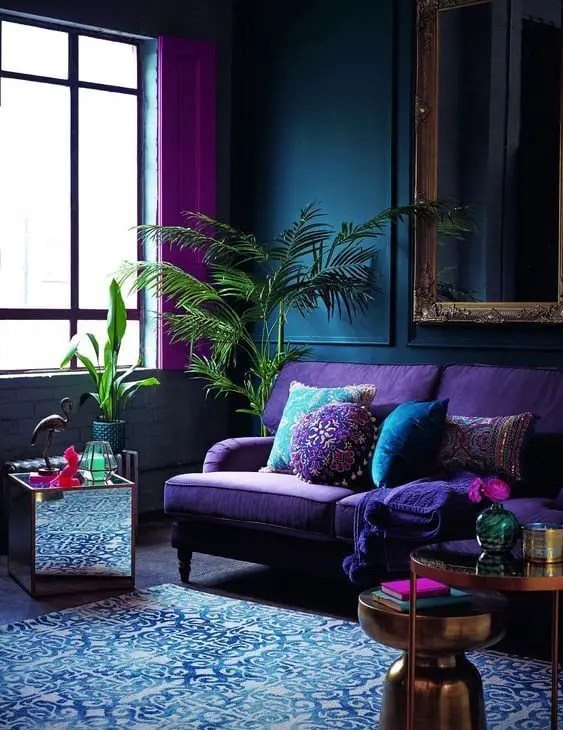
The harmonious combination of these colors produces an opulent ambiance, making them a popular choice for home decor enthusiasts. Their regal quality makes any room feel like a luxurious retreat, perfect for unwinding and creating lasting memories.
Rust and purple.
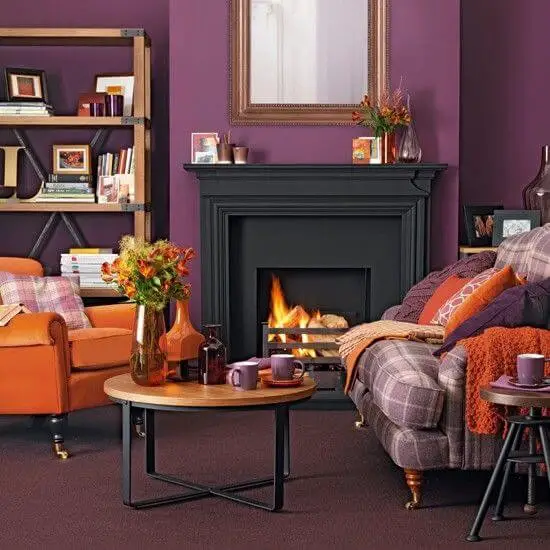
Rust and purple are an unexpected yet harmonious pair in interior design. The warm, earthy tone of rust adds depth and richness to a space, while its versatility allows it to be used as either an accent or primary color. This warm hue pairs nicely with other earthy tones like orange and yellow, but also complements cooler colors like blue and green.
When combining rust and purple, achieving the right balance is crucial – too much purple can overwhelm, while too little can leave the space feeling flat. To strike the perfect harmony, experiment with different shades and hues of both colors to find a proportion that works for your unique design.
Sage green and purple.
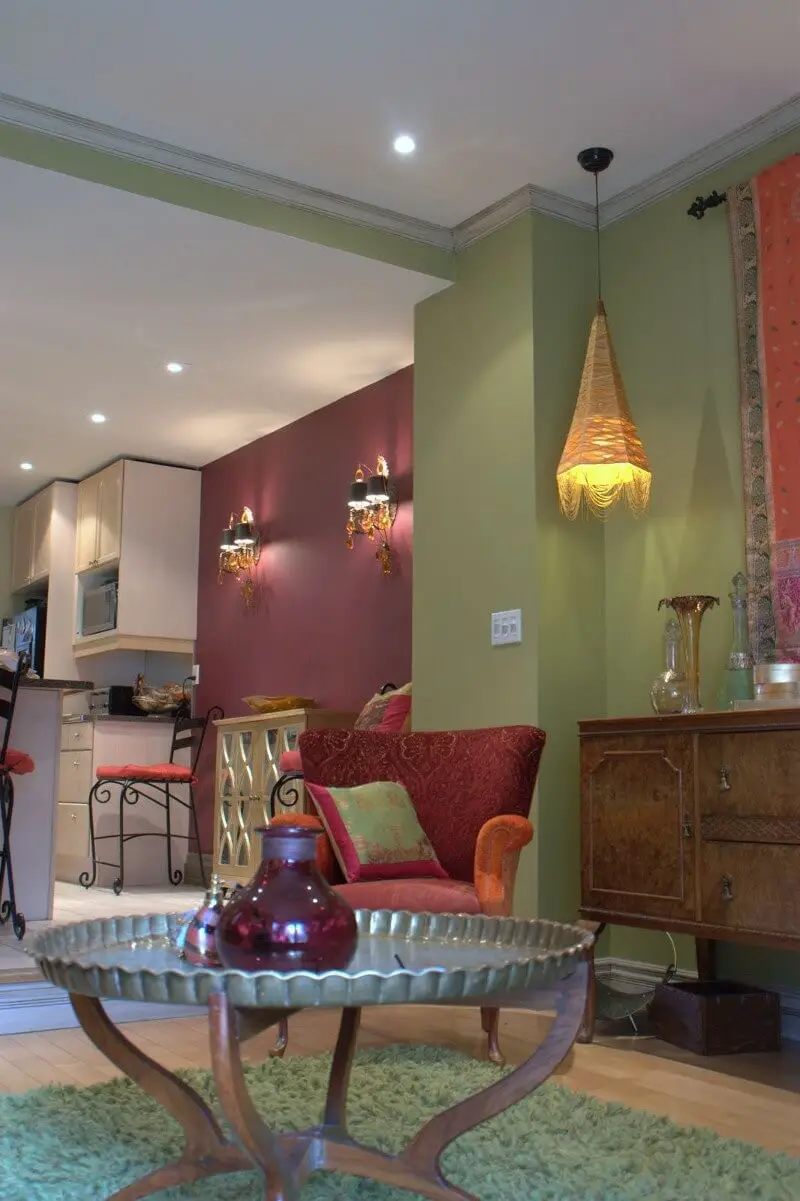
The soothing hue of sage green has become a staple in home decor, where it harmonizes beautifully with its counterpart, purple. This versatile color can be incorporated into designs through subtle accents or statement pieces like furniture and area rugs, allowing for a range of creative possibilities.
Salmon and purple.
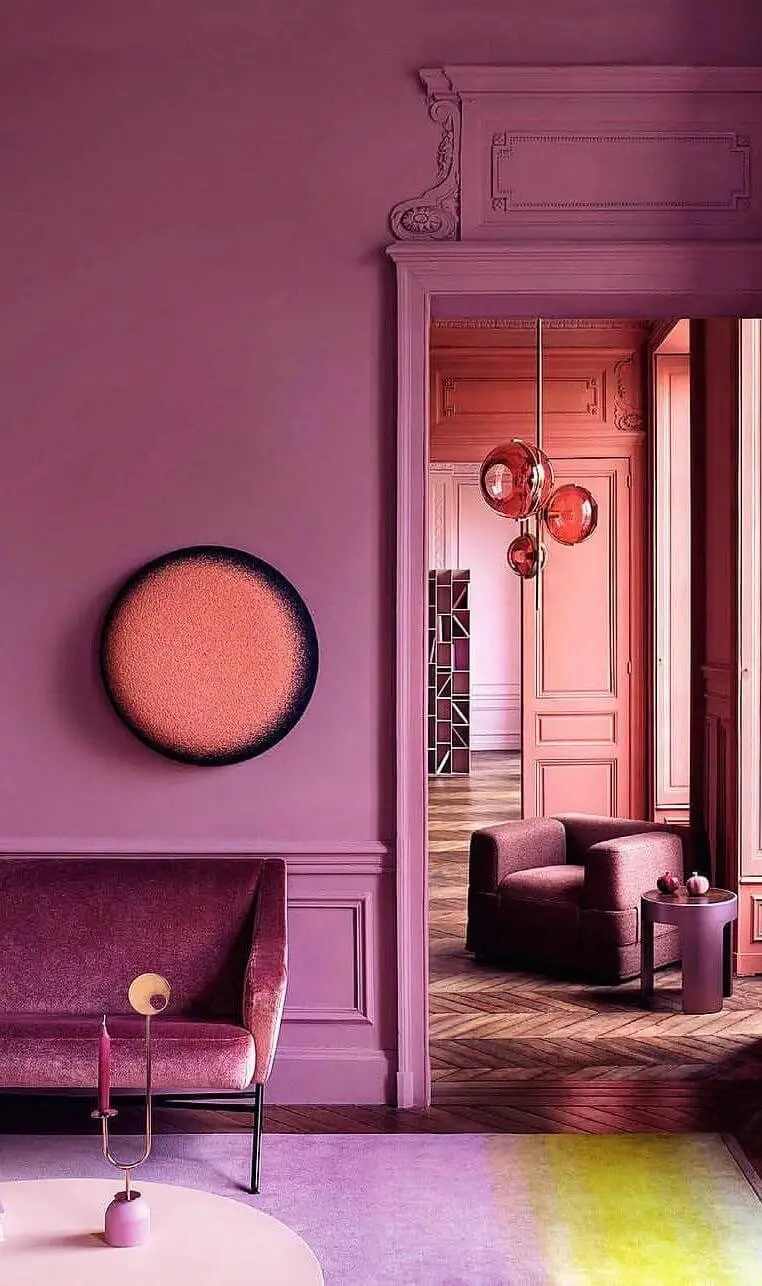
To create a harmonious salmon and purple color palette in your home, you can combine various shades of these colors. Salmon, with its pinkish-orange hue, pairs well with a range of purples, from deep plums to soft lavenders. When selecting furniture, fabrics, and paint colors, focus on different tones and intensities of each color to craft an overall design that is visually appealing and cohesive.
Silver and purple.
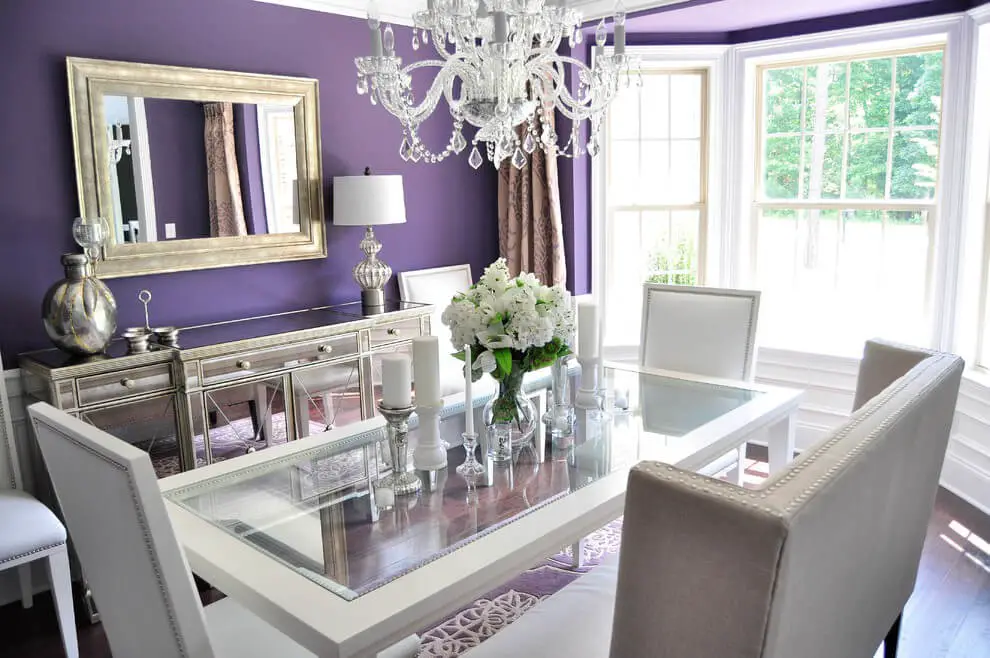
The harmonious union of silver and purple creates a visually stunning effect. Silver’s subtle shine perfectly complements purple’s rich tones, striking a balance that’s both elegant and eye-catching. The versatility of this color combination is undeniable, as it pairs seamlessly with various shades of silver, from the most delicate to the deepest.
Taupe and purple.
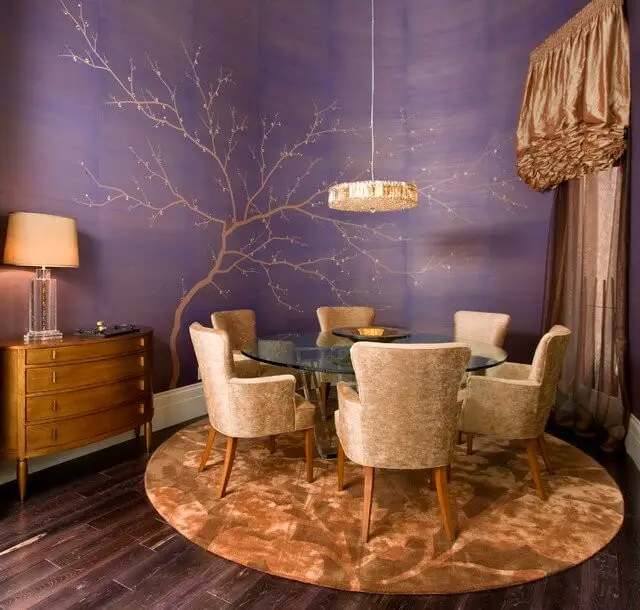
When it comes to pairing colors, taupe and purple are a harmonious match made in heaven. Without overpowering one another, these earthy and rich hues create a beautiful synergy that can be used throughout a room or as a striking accent. Whether applied to walls or incorporated into decorative elements, the subtle warmth of taupe provides a perfect complement to the regal grandeur of purple.
Teal and purple.
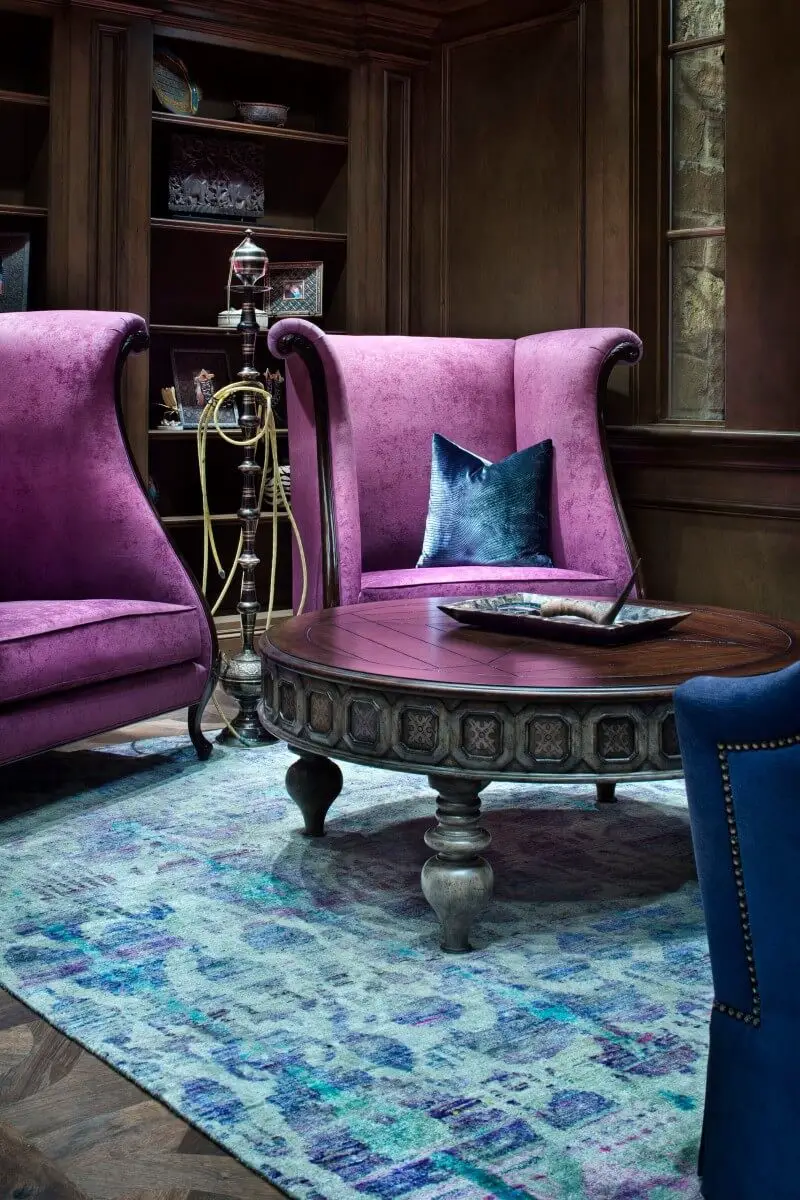
Teal and purple is a match made in heaven when it comes to creating a cozy and inviting atmosphere in your home. The refreshing quality of teal pairs perfectly with the richness of purple, producing a harmonious color combination that’s sure to delight. Whether you’re looking to give your living room or bedroom a warm and welcoming feel, this duo is an excellent choice. With its unique blend of cool and warm tones, teal and purple can add depth and visual interest to any space.
Turquoise and purple.
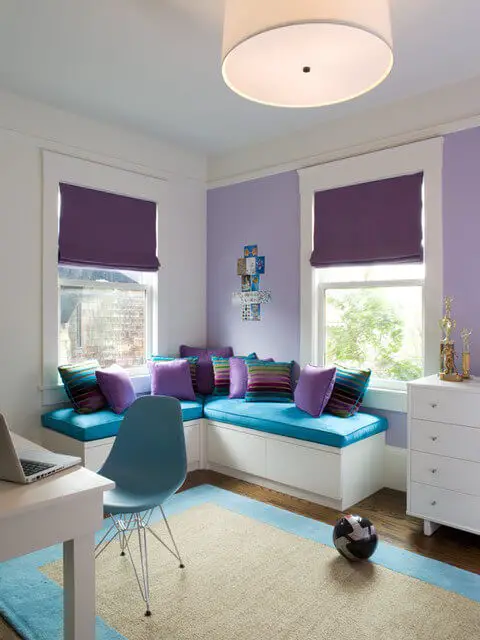
When it comes to harmonious color combinations, two hues that stand out in my mind are turquoise and purple. There’s something undeniably uplifting about the vibrant turquoise, reminiscent of warm summer days. The way these colors work together is truly special – they seem to radiate a sense of joy and contentment when paired. In fact, I find that the subtle contrast between their brightness and depth creates a visually appealing contrast that never fails to put a smile on my face.
White and purple.
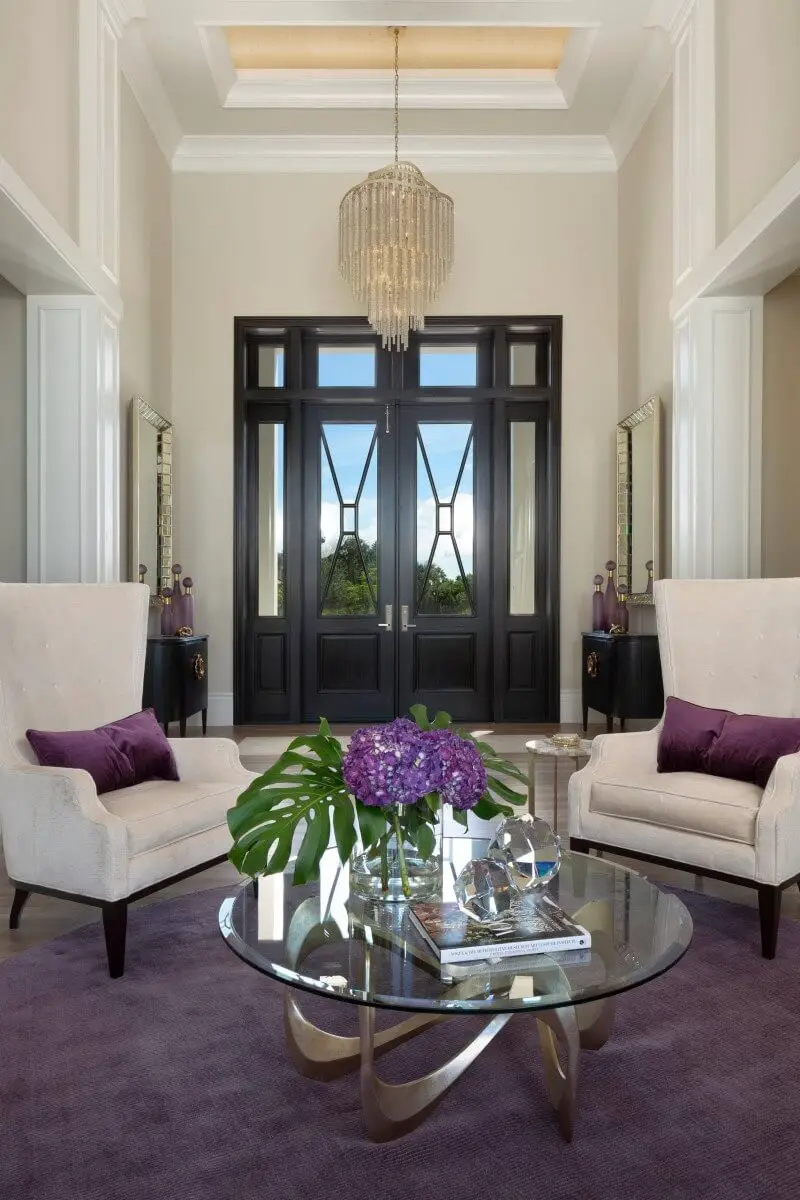
When it comes to incorporating a classic color combination into your home decor, purple and white is an excellent choice. This harmonious pair can add a touch of elegance and sophistication, regardless of the style or mood you’re trying to evoke. Here are some creative ways to bring this timeless duo into play: Create a focal point by painting one wall a rich shade of purple, while keeping the others a crisp white.
Balance bold furniture pieces with subtle purple accents, such as throw pillows or a statement rug. Soften the mood with sheer purple curtains and contrasting white walls for a soft, romantic ambiance. Experiment with different shades of purple and white to create an eye-catching, dynamic display that’s sure to spark conversation.
Yellow and purple.
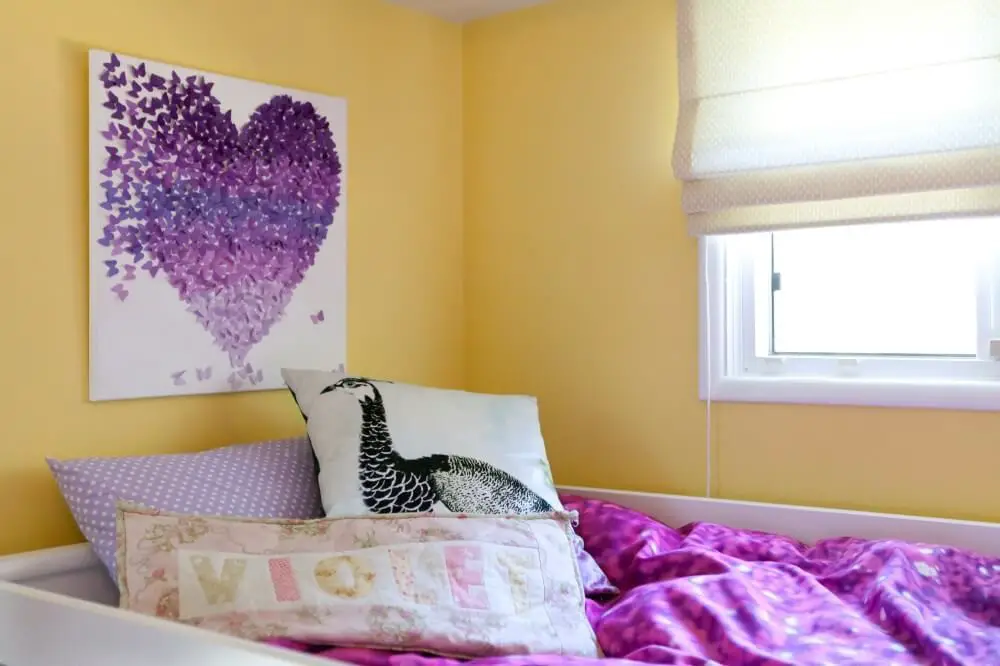
In harmony on the color wheel, purple and yellow form a striking contrast when paired together in home decor. The warm tone of yellow beautifully complements the rich hue of purple, elevating both shades to new heights.
To create a stunning visual effect, try combining these colors in a room with purple walls or curtains, and add yellow accents for a pop of color. Alternatively, use purple accents to add depth to a room featuring yellow walls.
You can also incorporate these colors into your accessories, such as throws, rugs, and pillows.
The key is to maintain balance, ensuring that neither color dominates the other. With this harmonious combination, you’ll create a space that’s both visually appealing and inviting.
Conclusion
When it comes to incorporating purple into your home decor, there are several colors that complement it perfectly. By choosing the right shades, you can create a cohesive and stylish space that showcases your favorite furniture or accent walls. With a touch of creativity, you can use these colors to craft a one-of-a-kind haven that reflects your personality and adds a pop of visual interest to your home.

